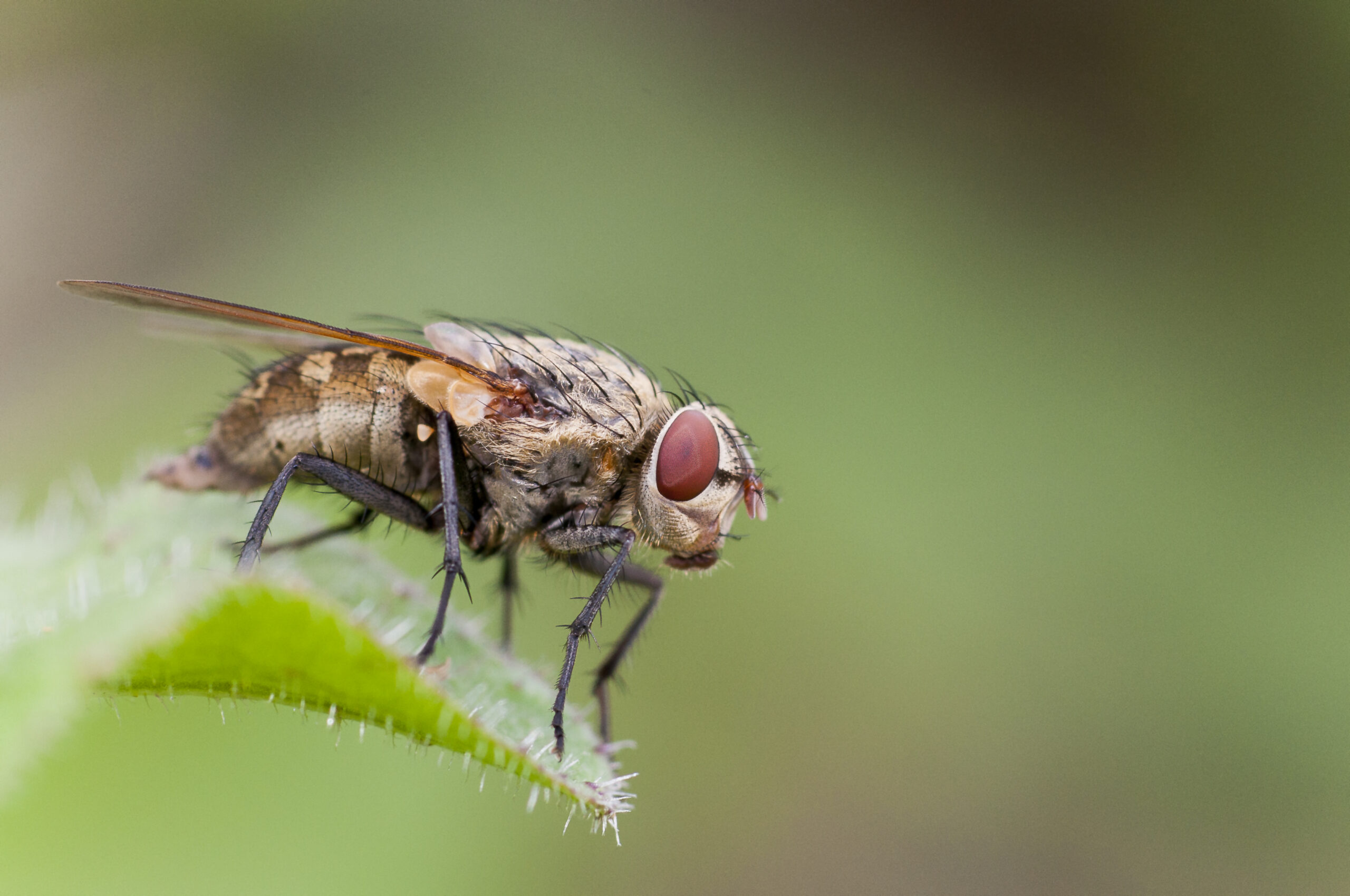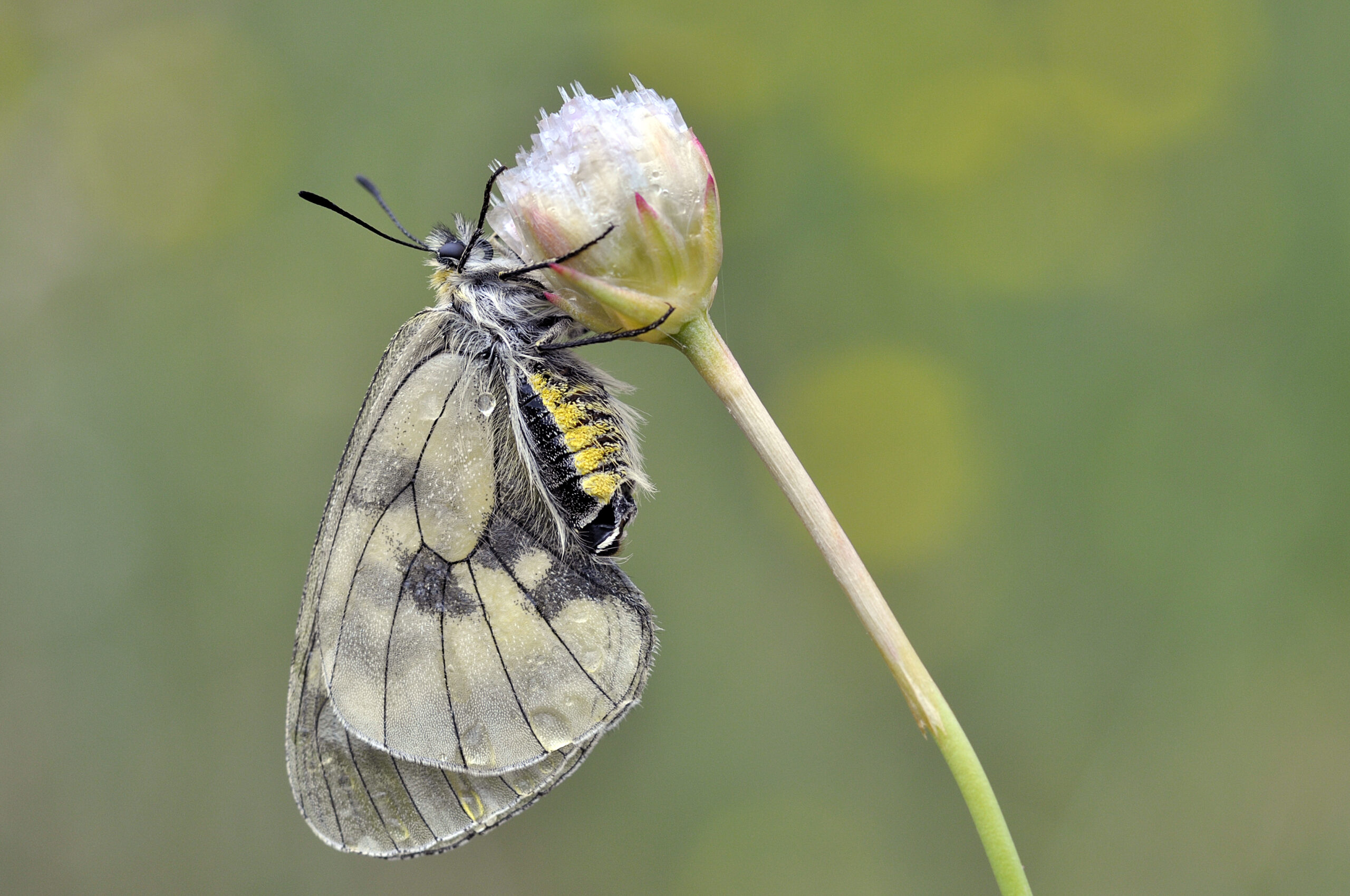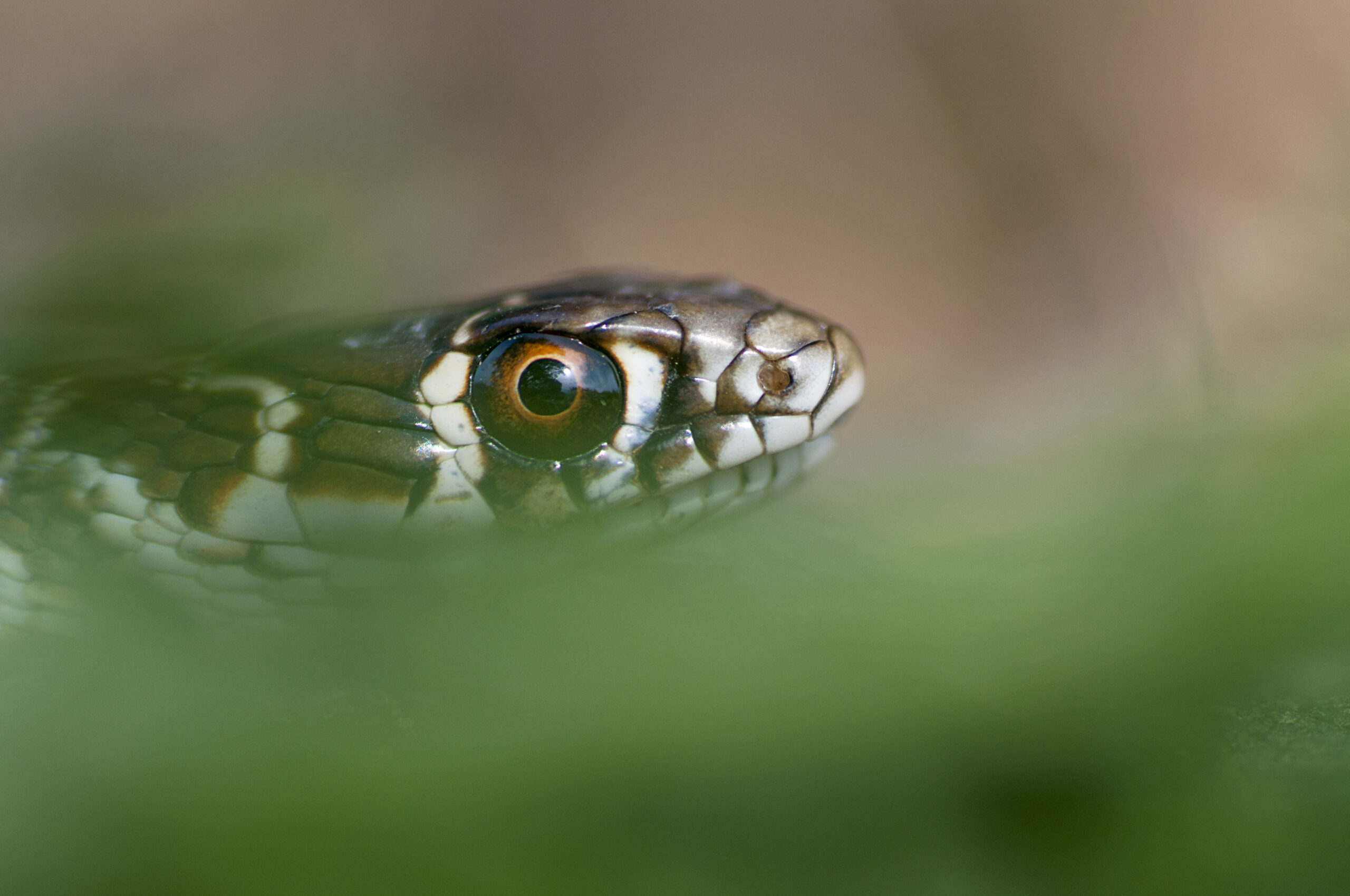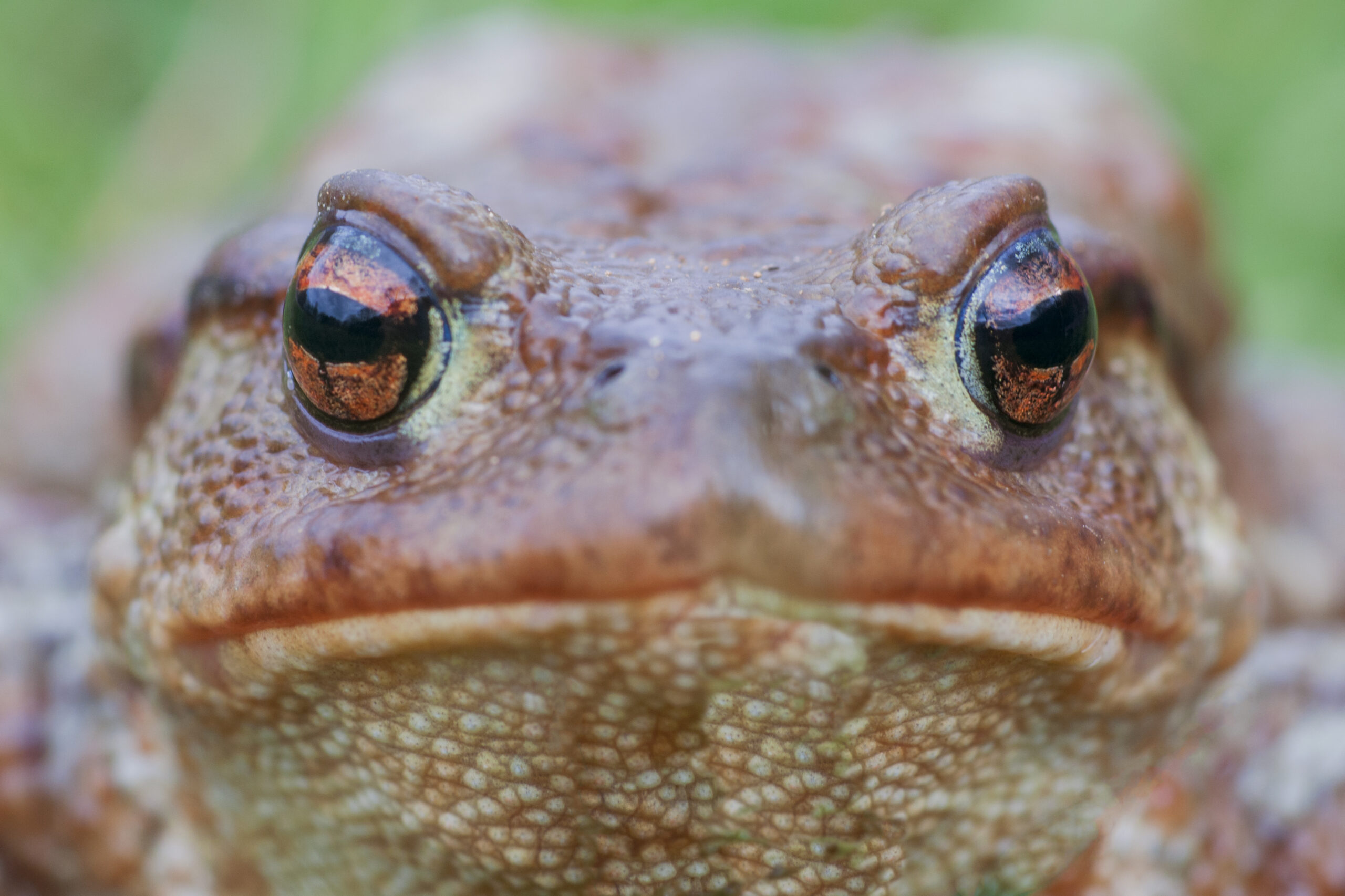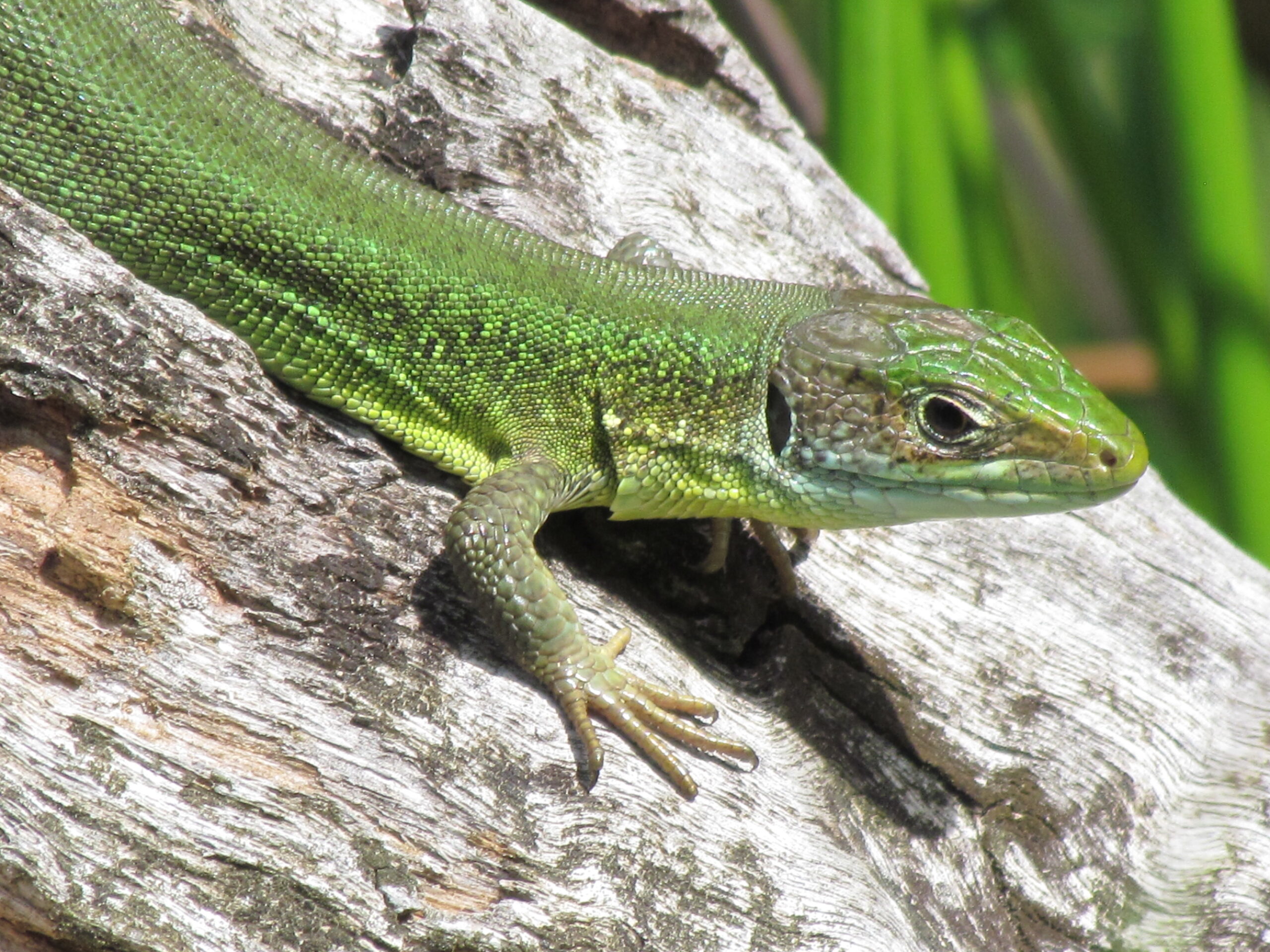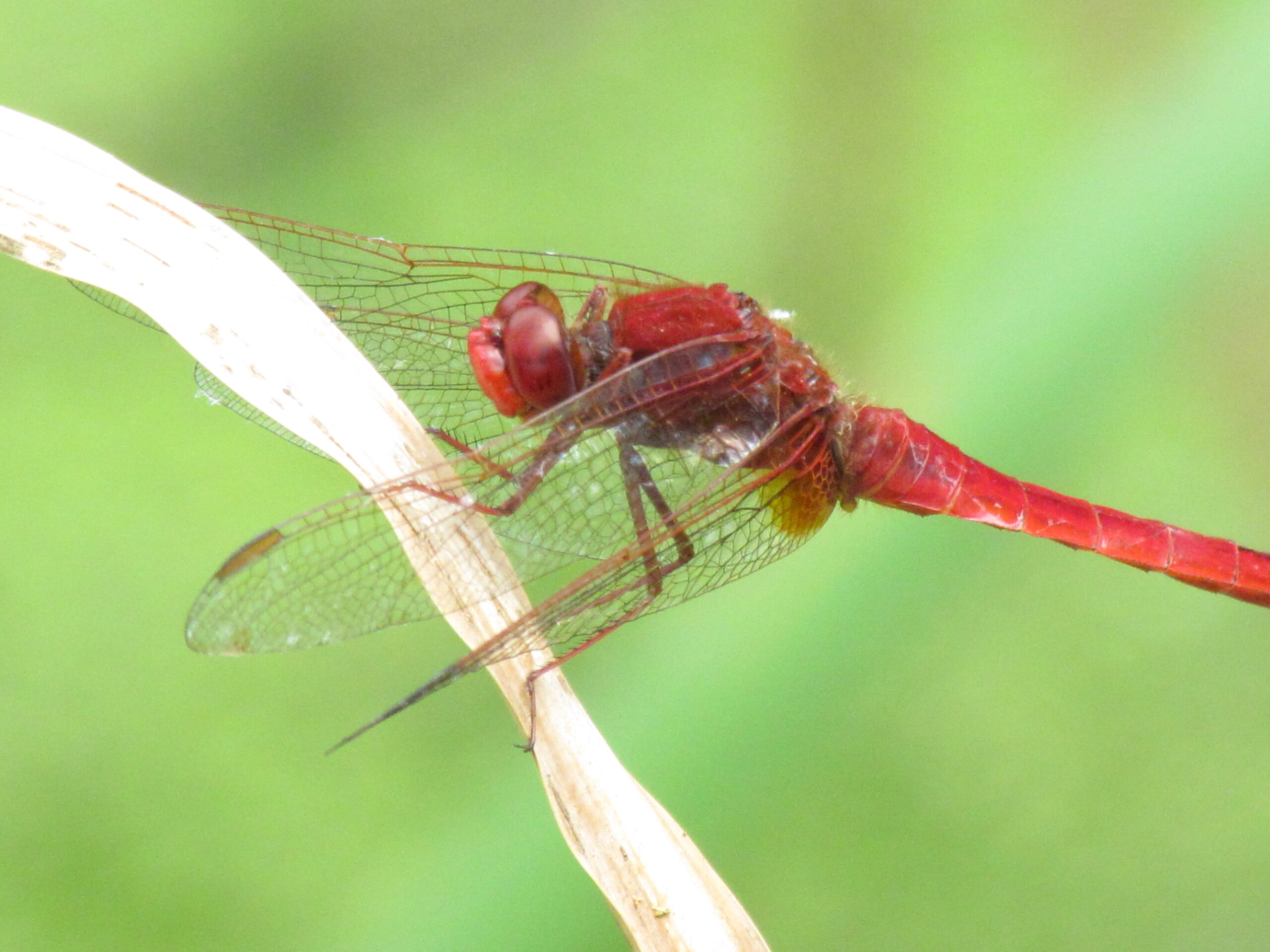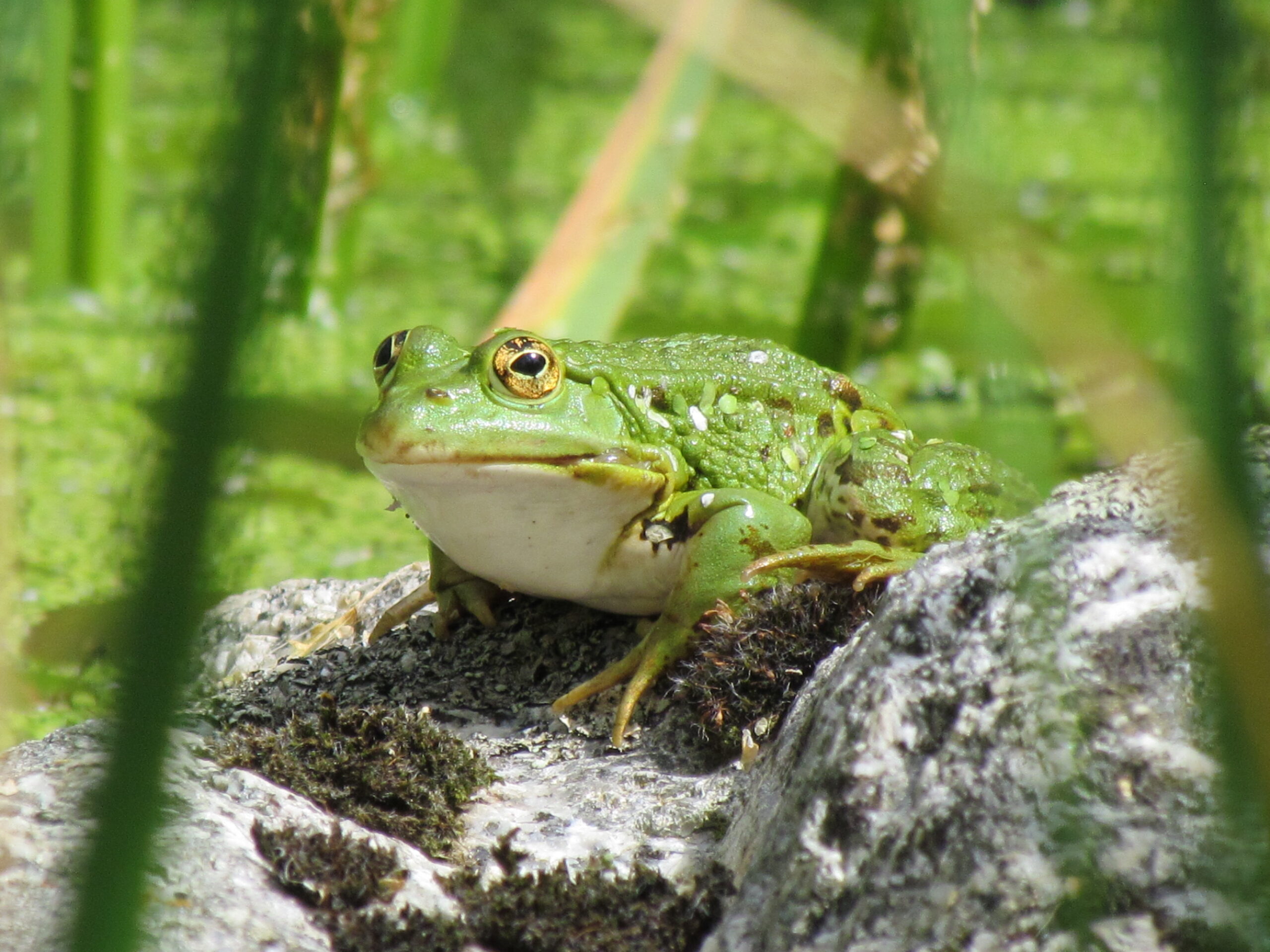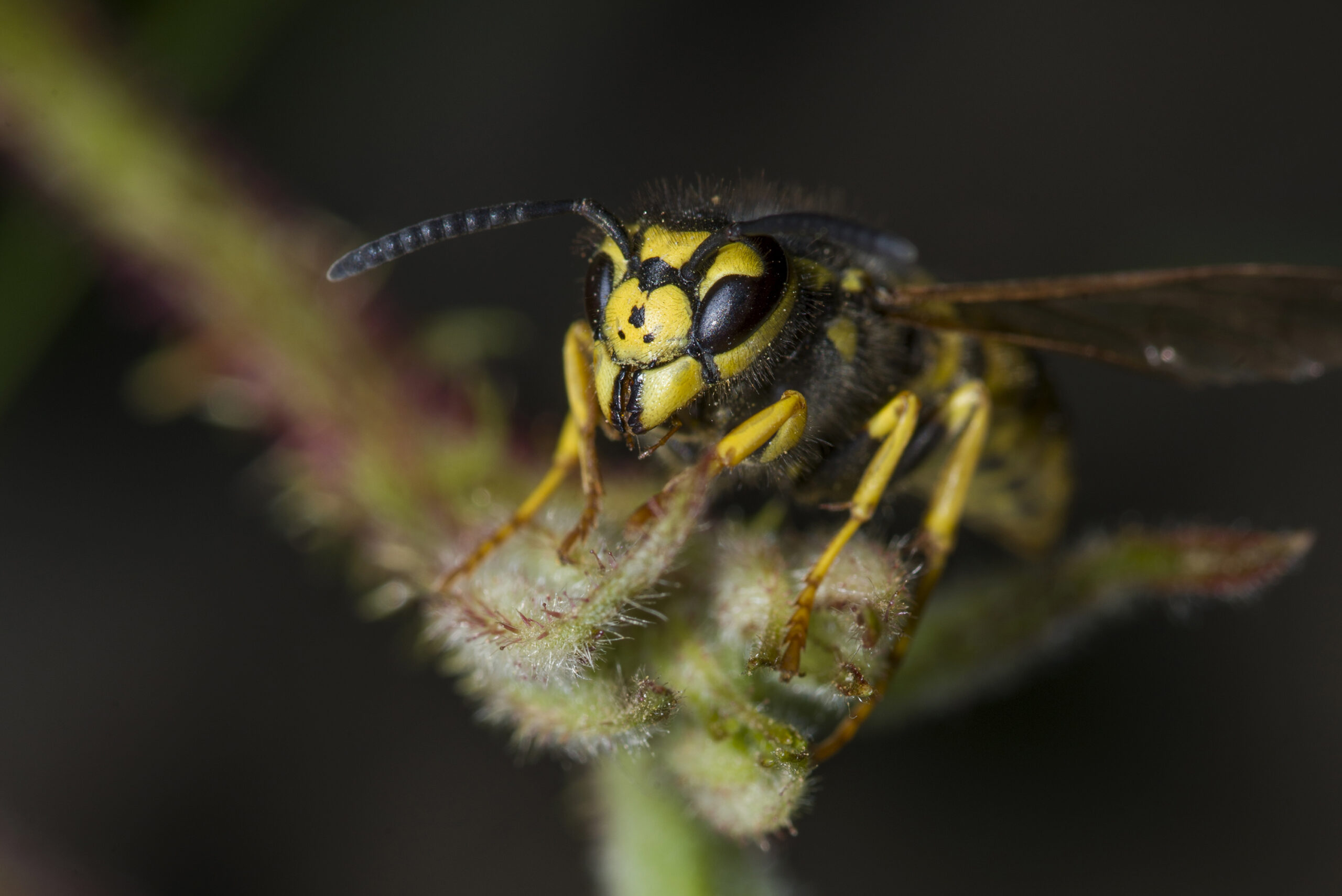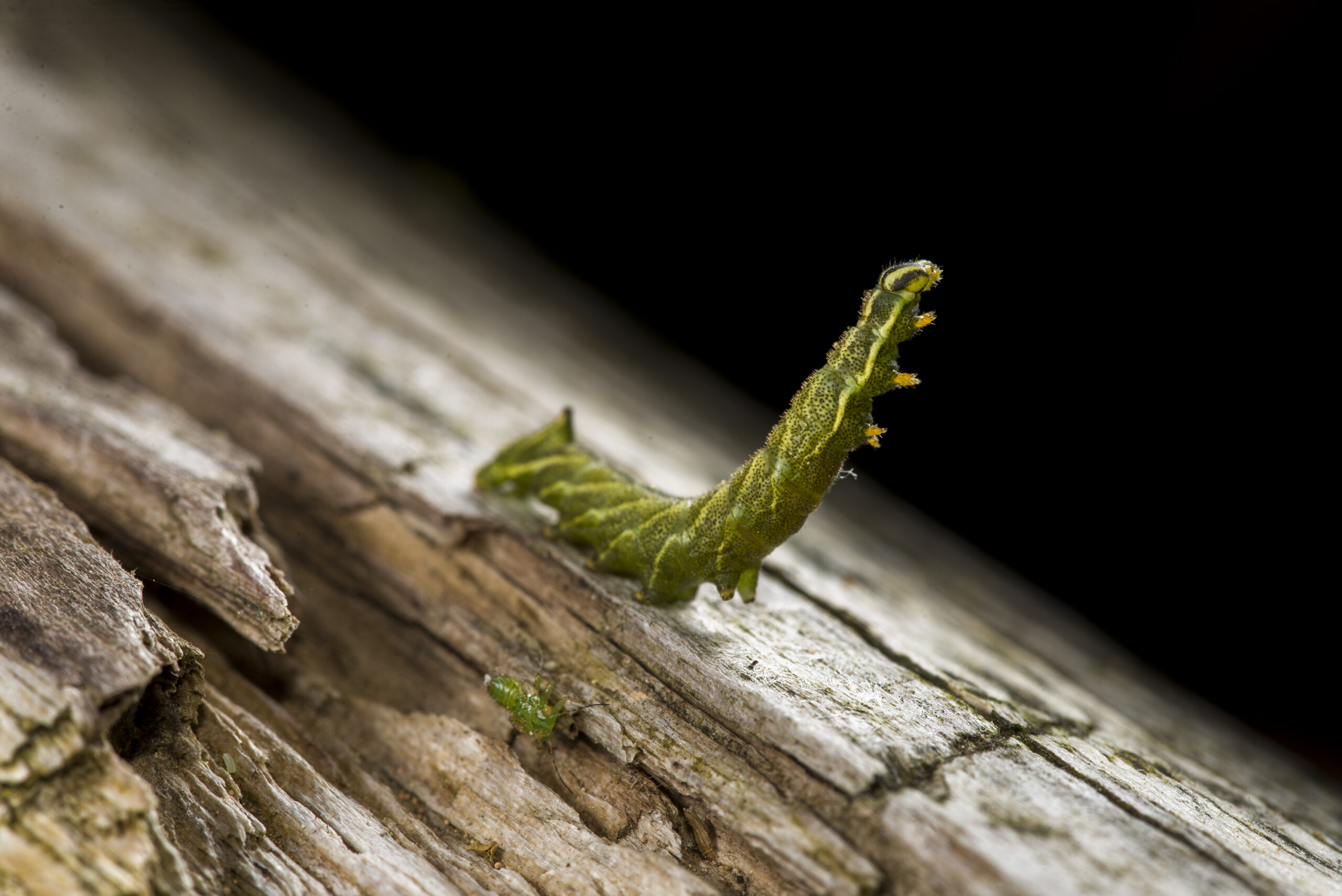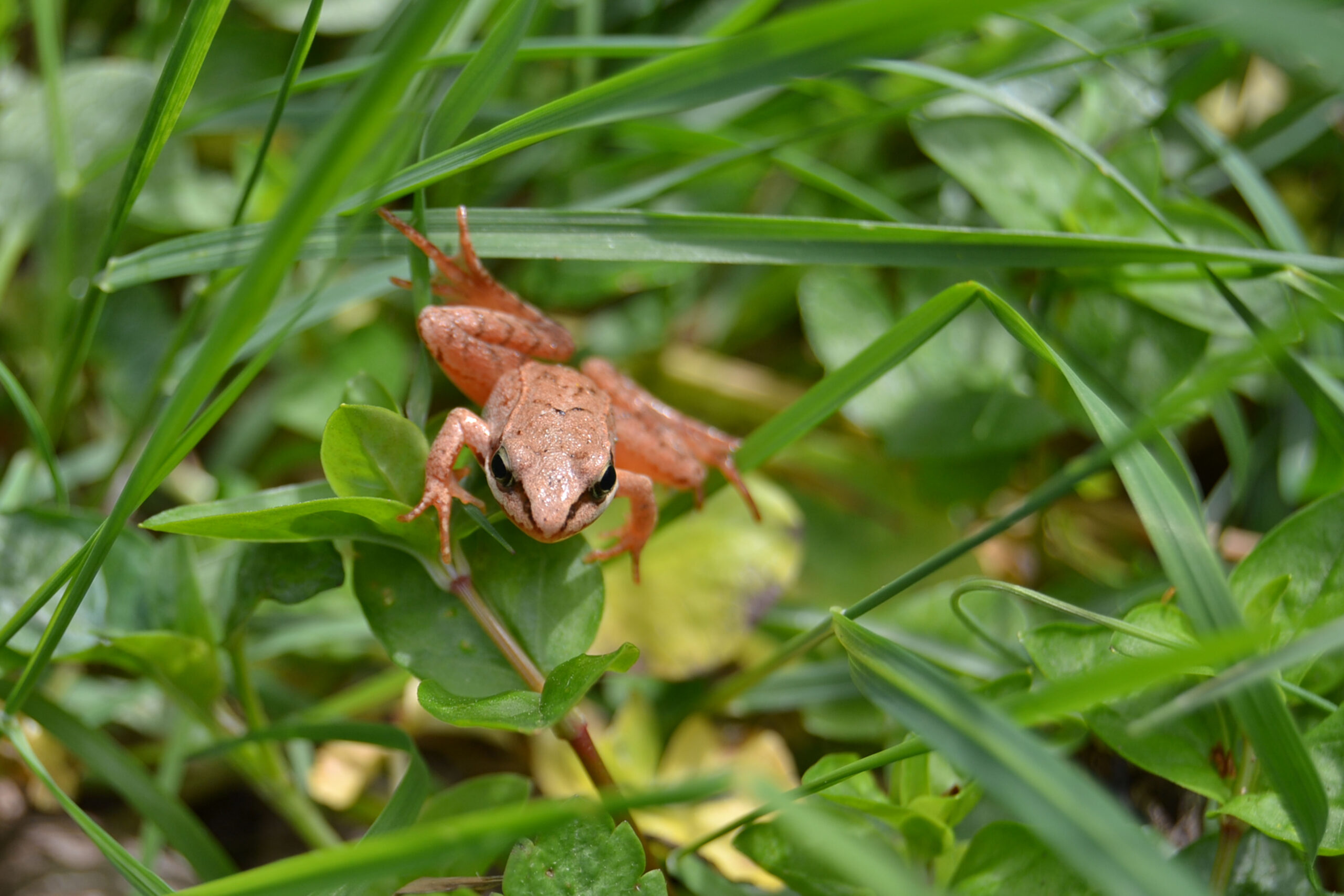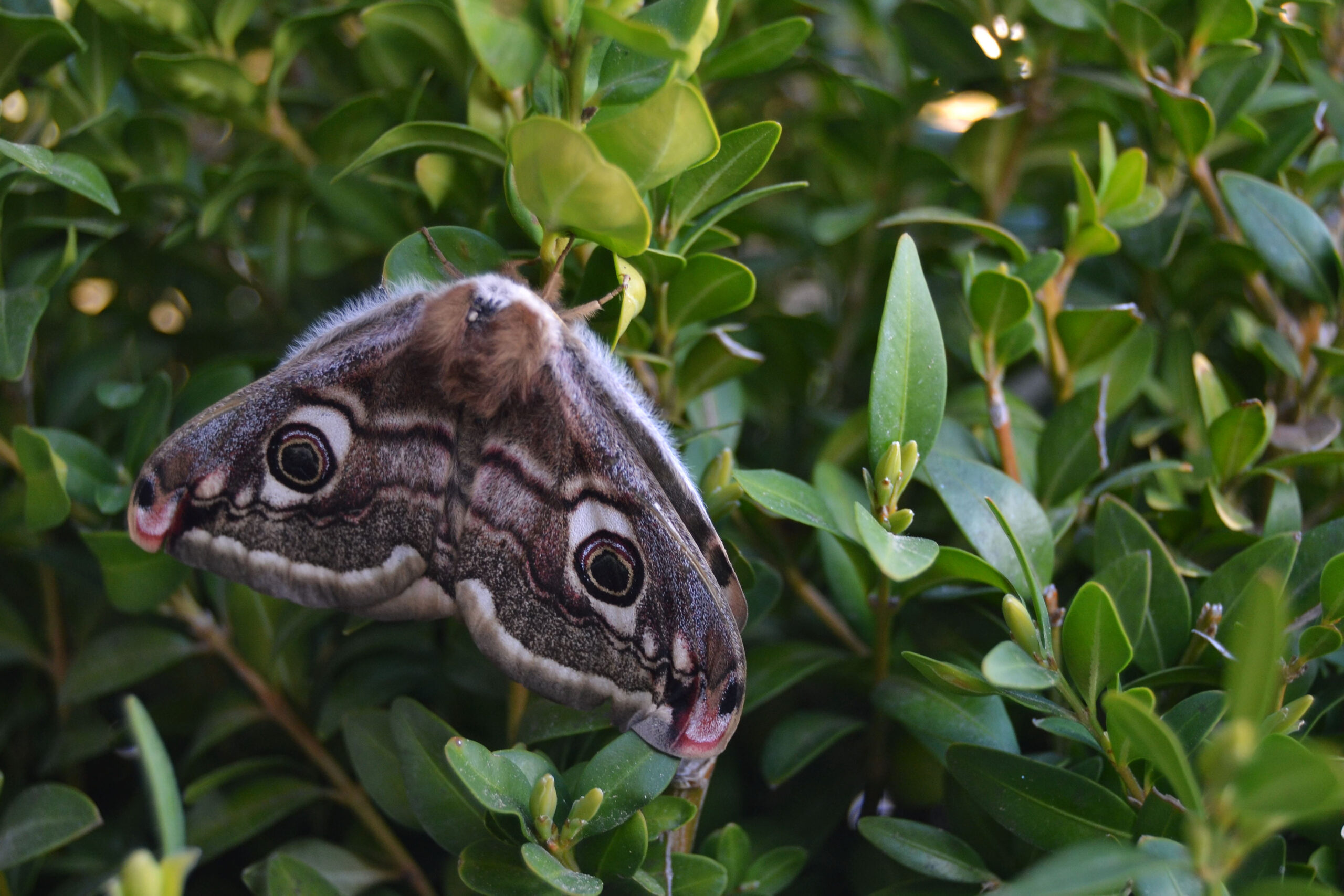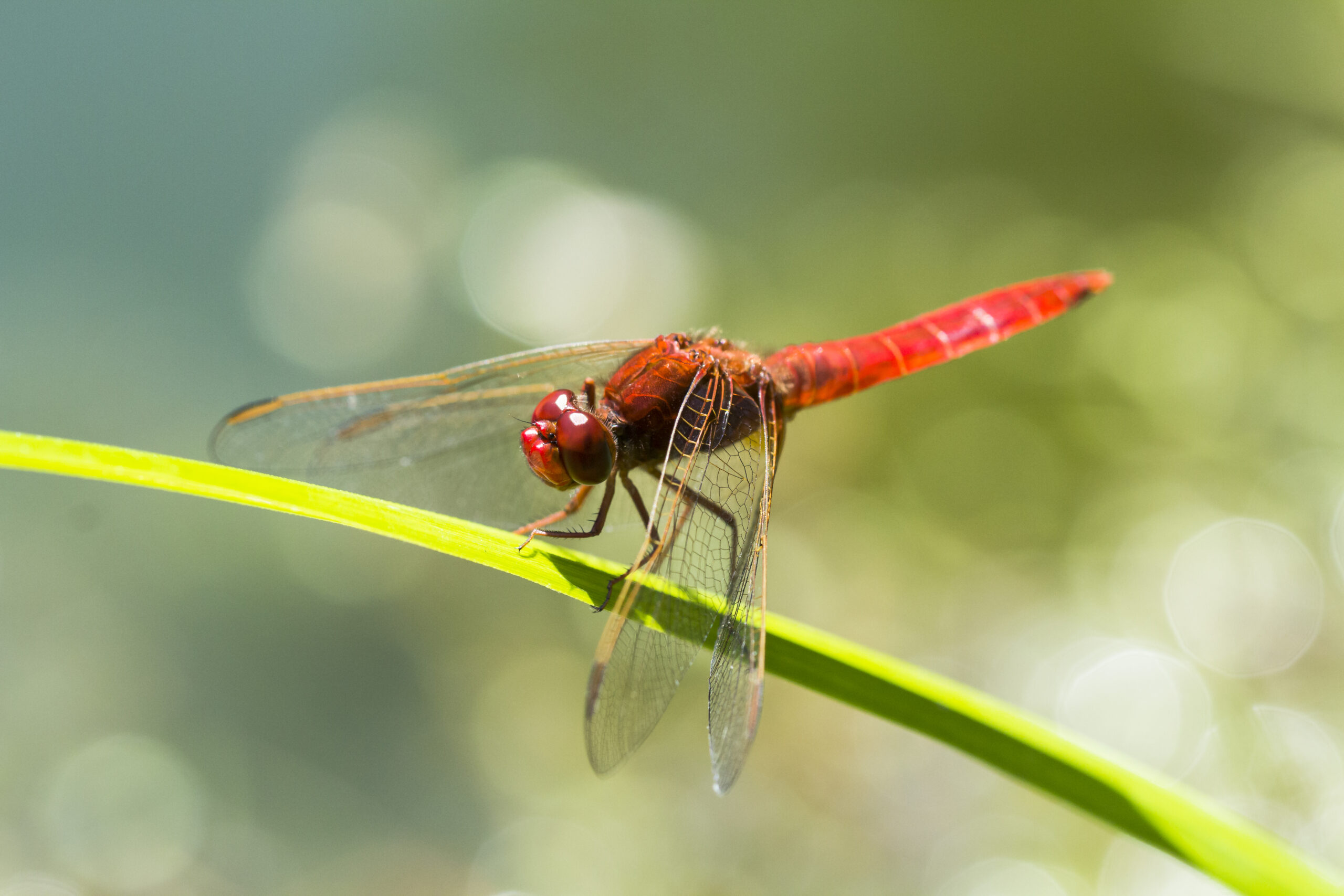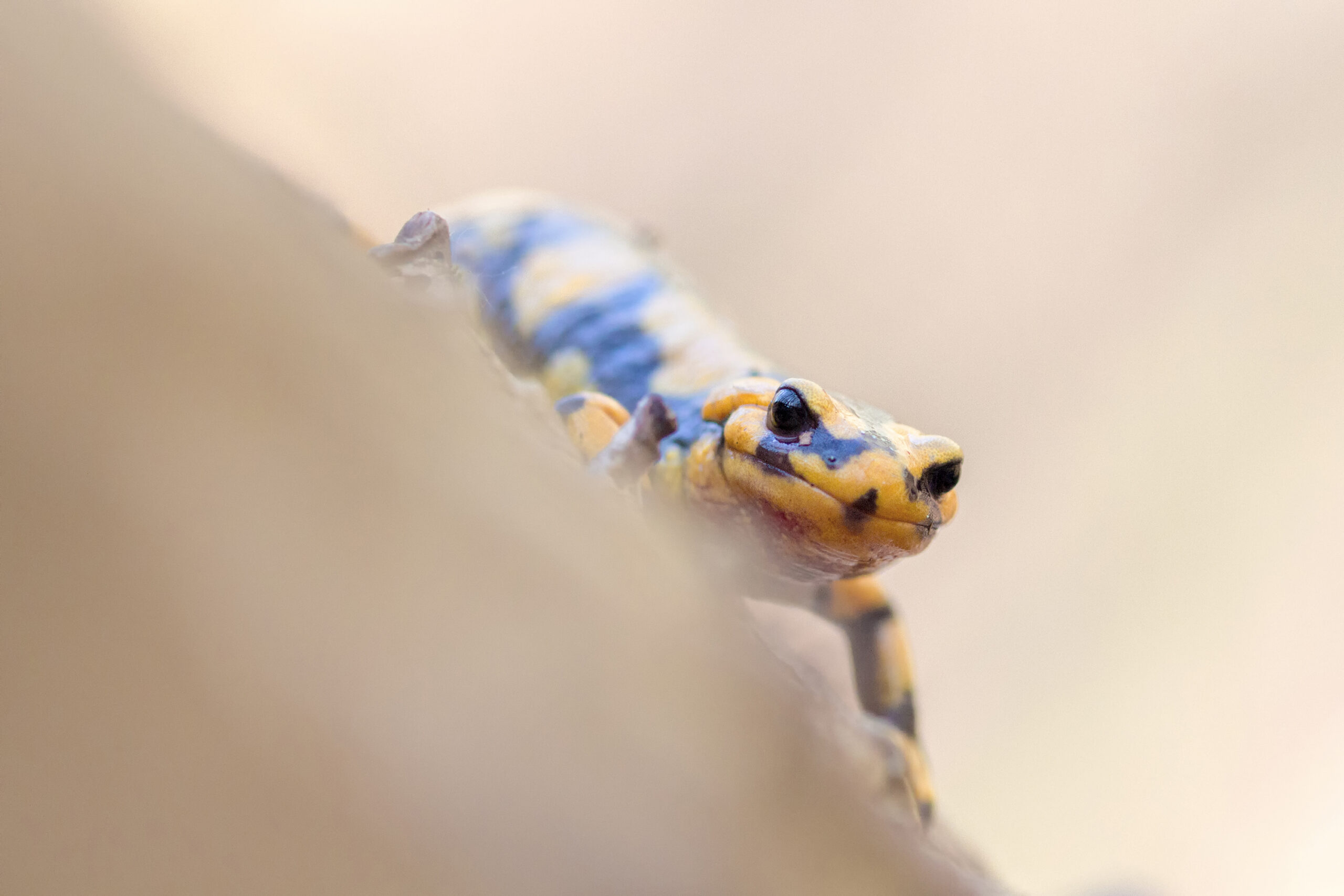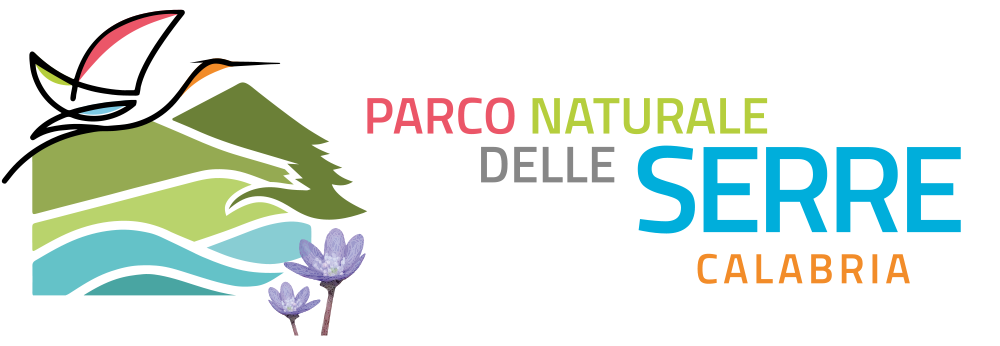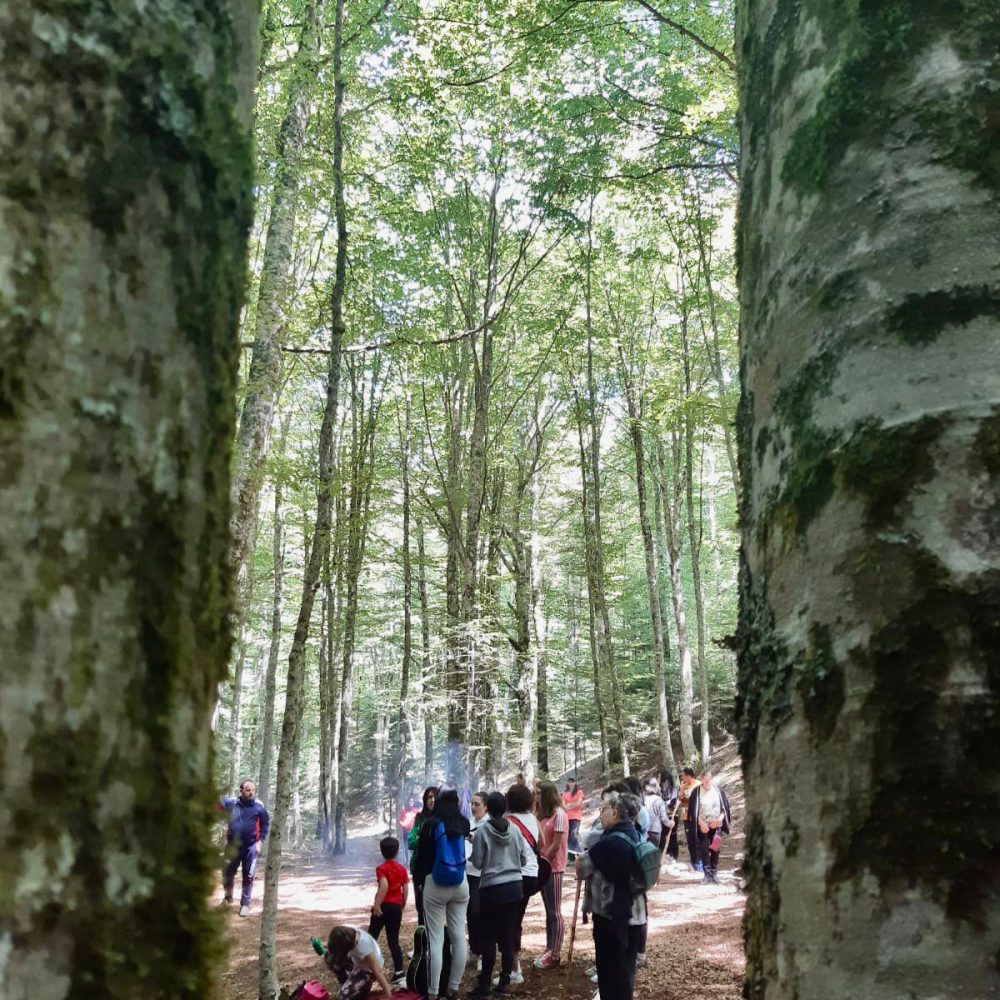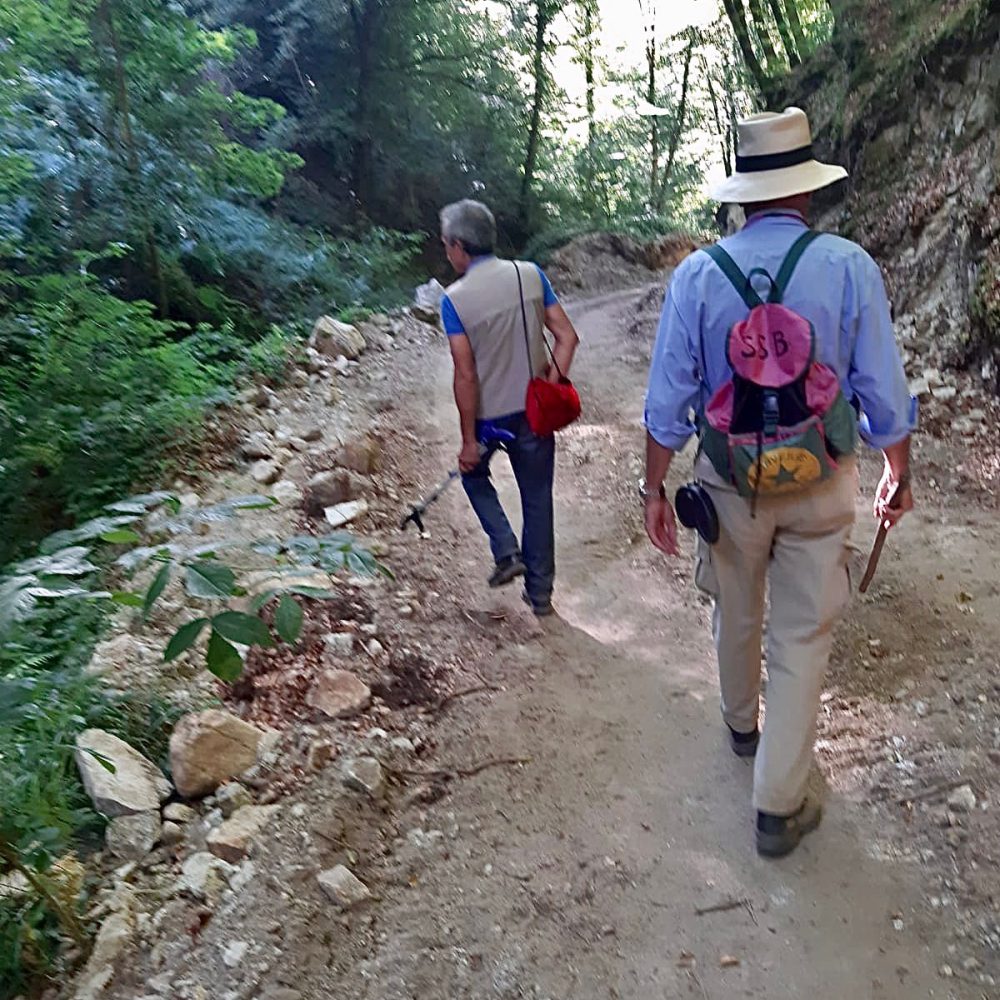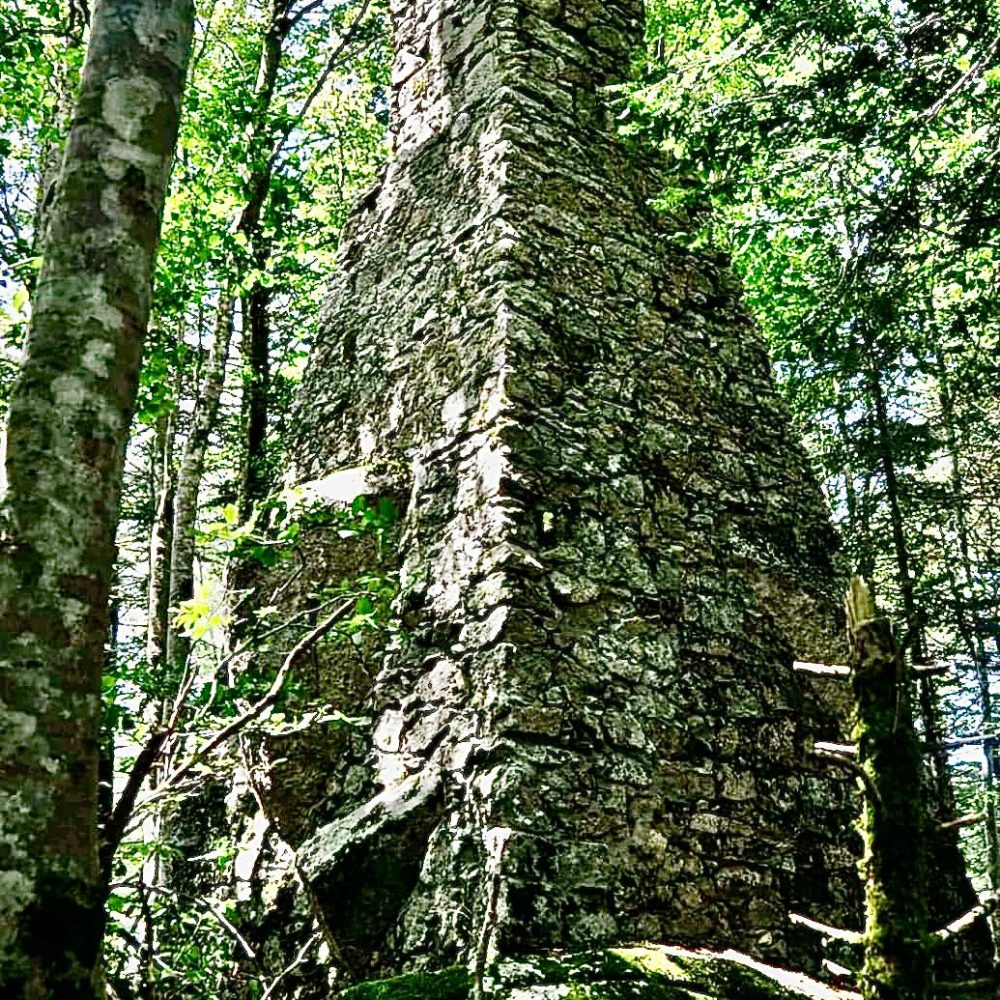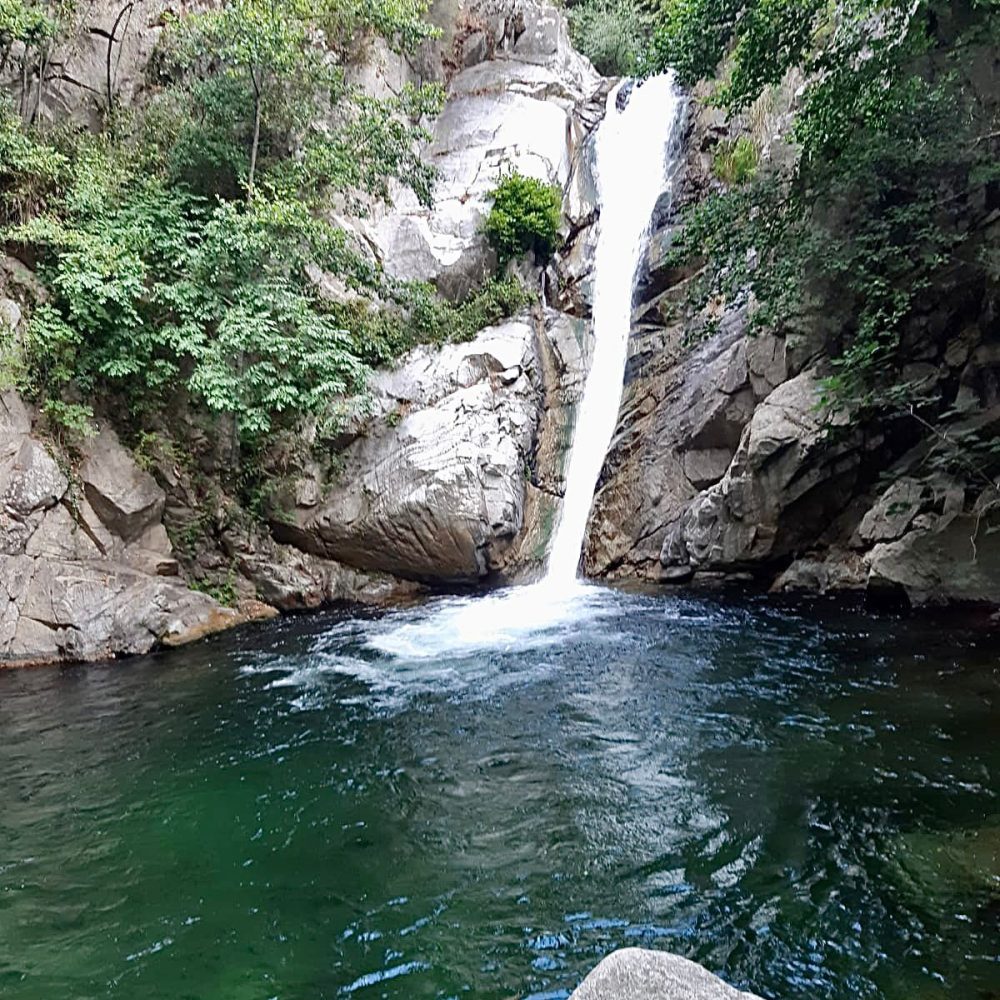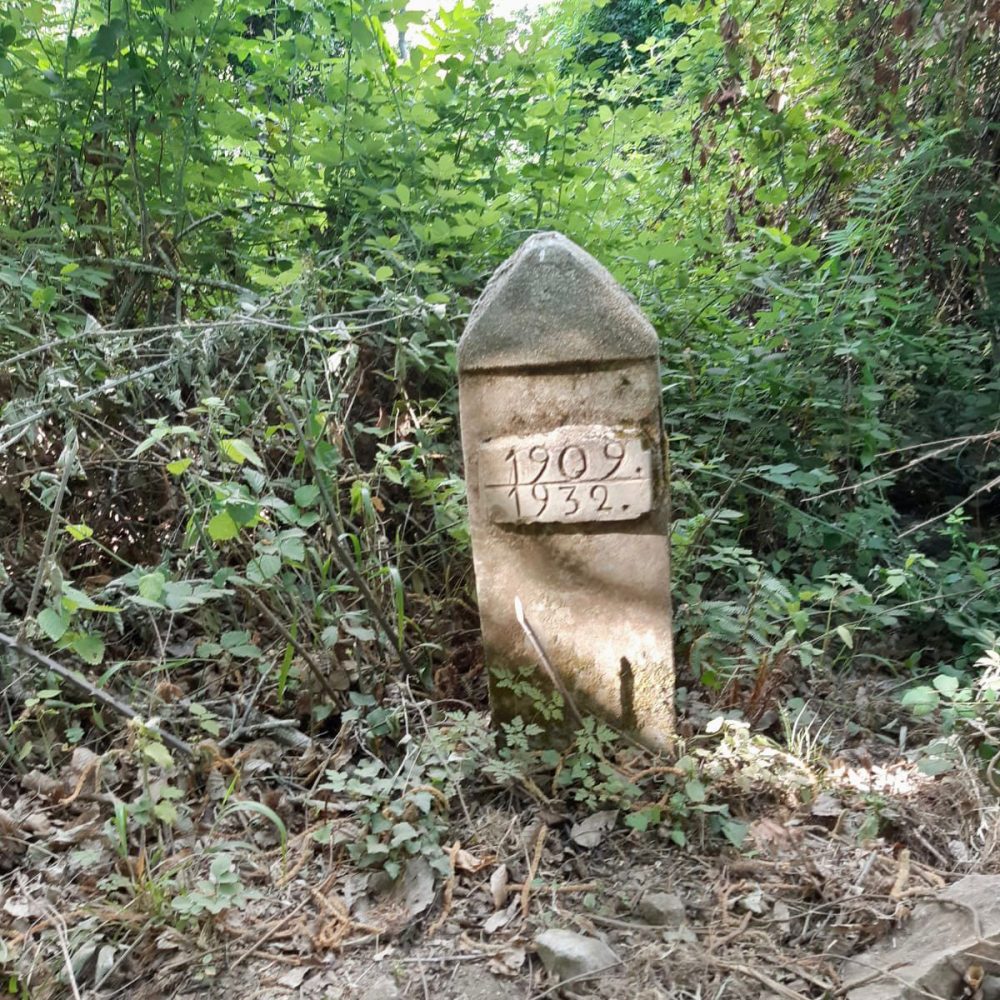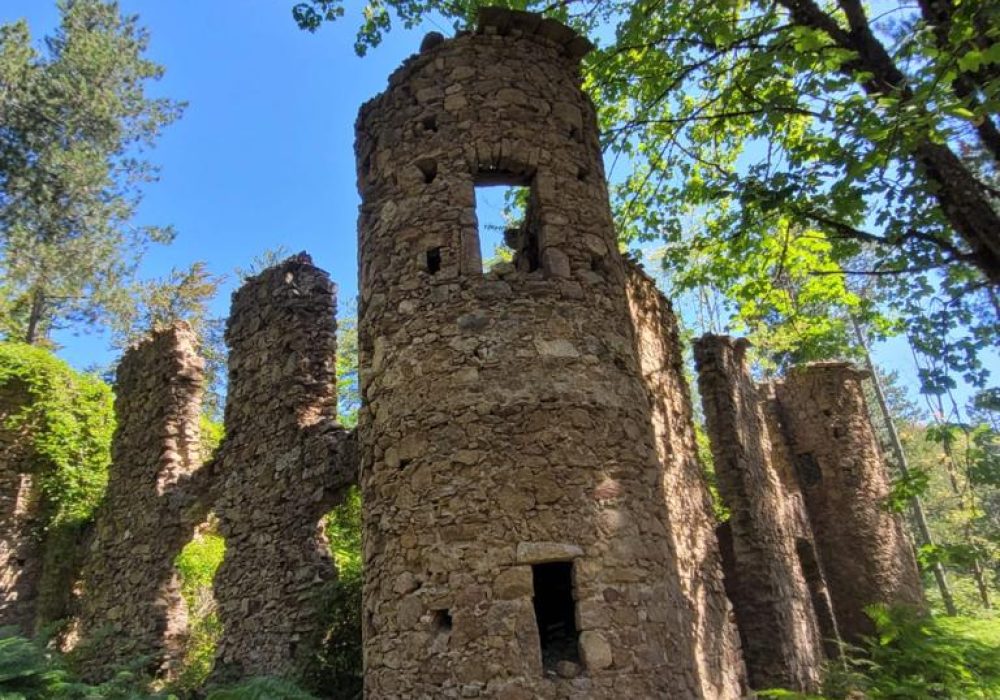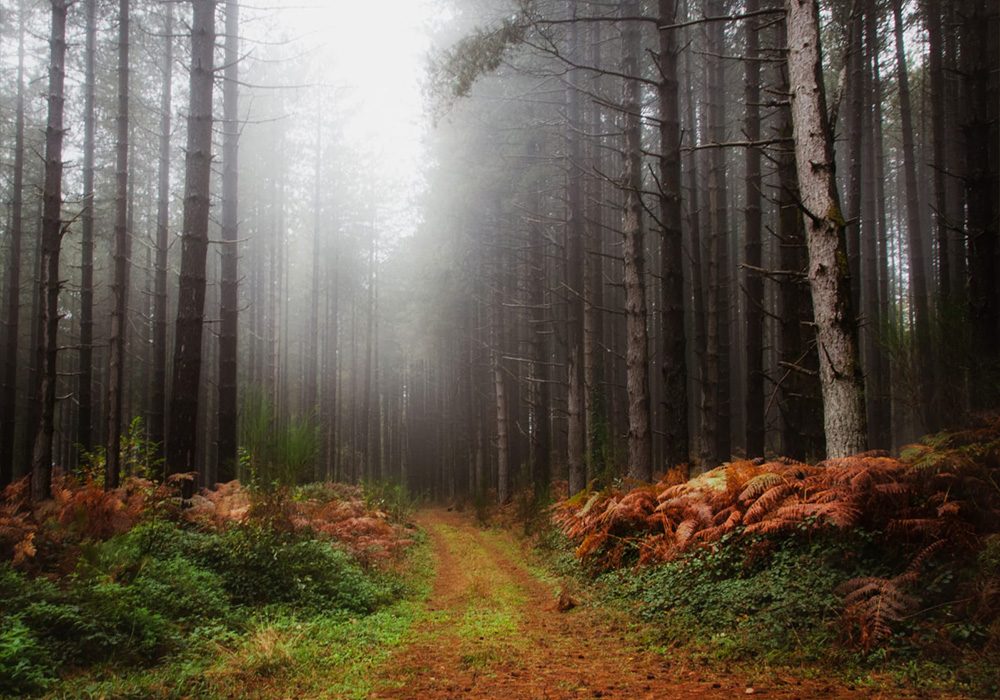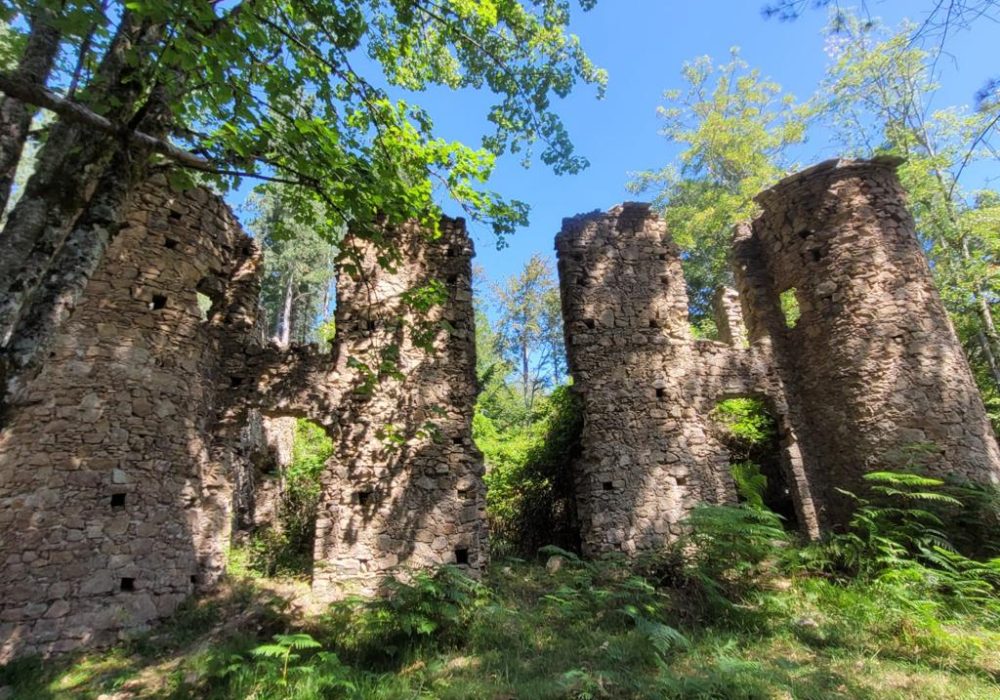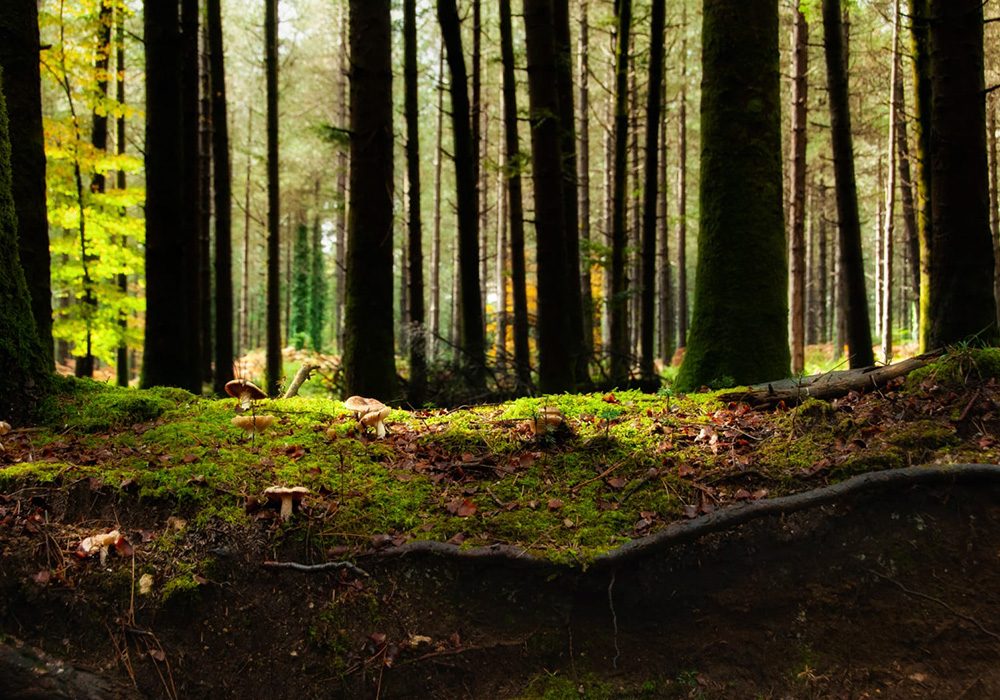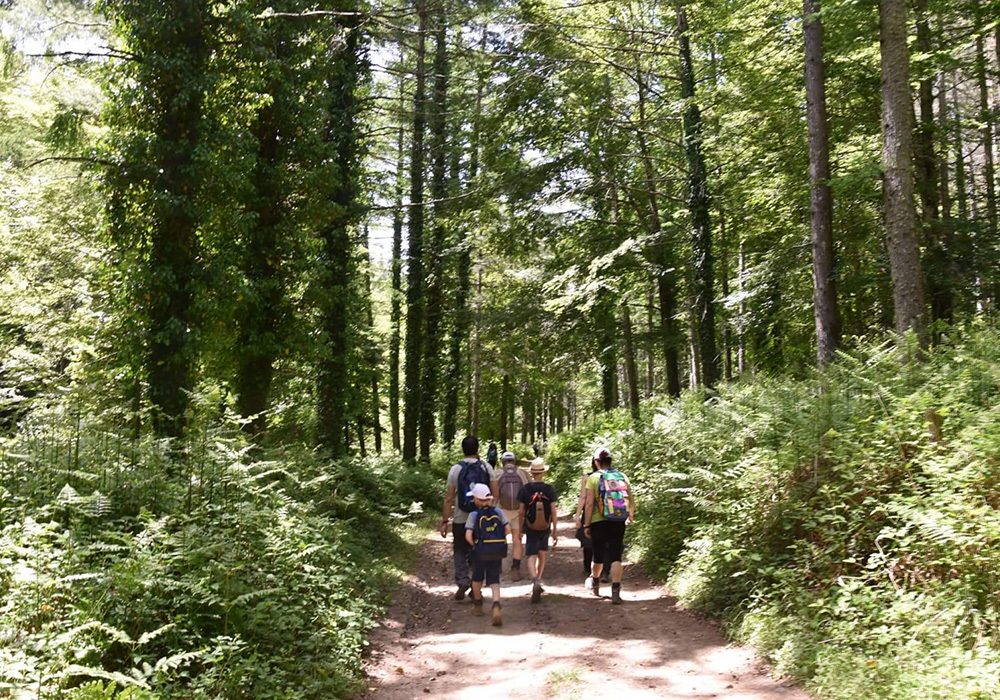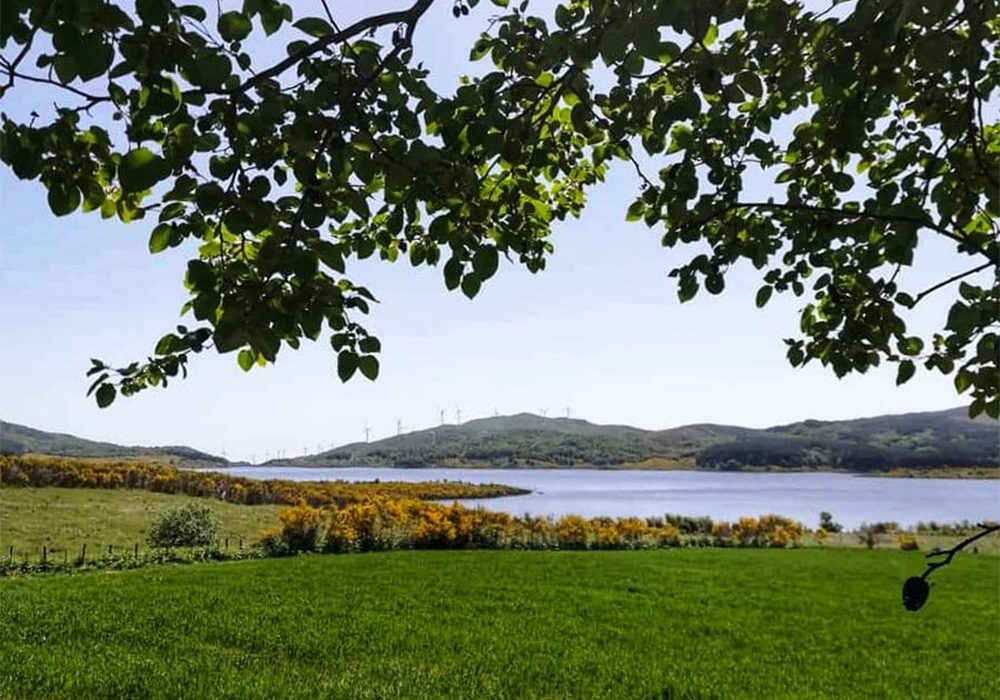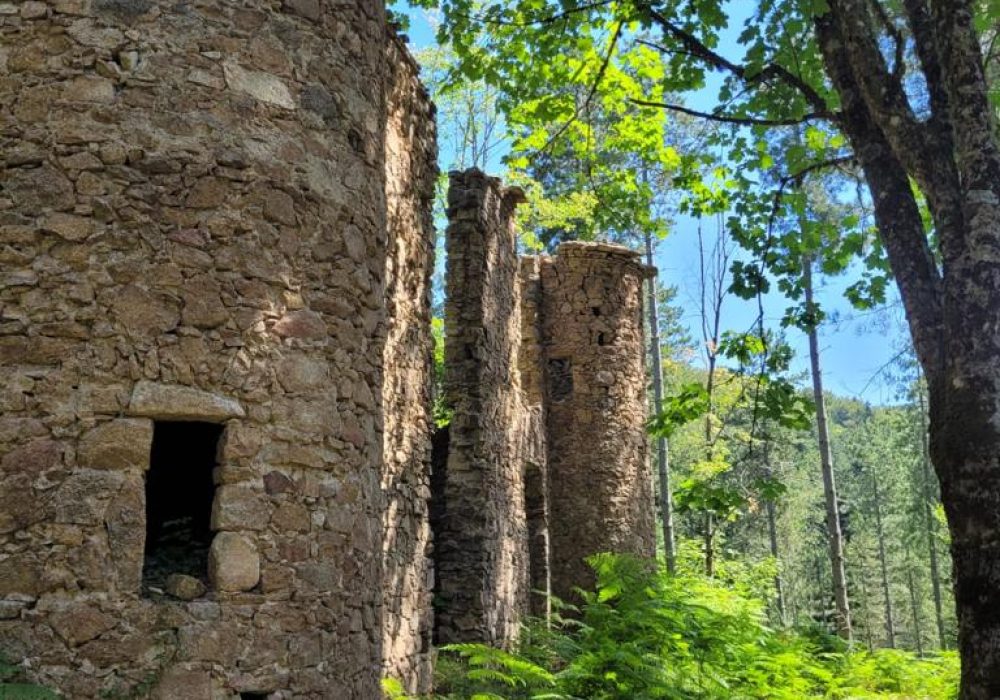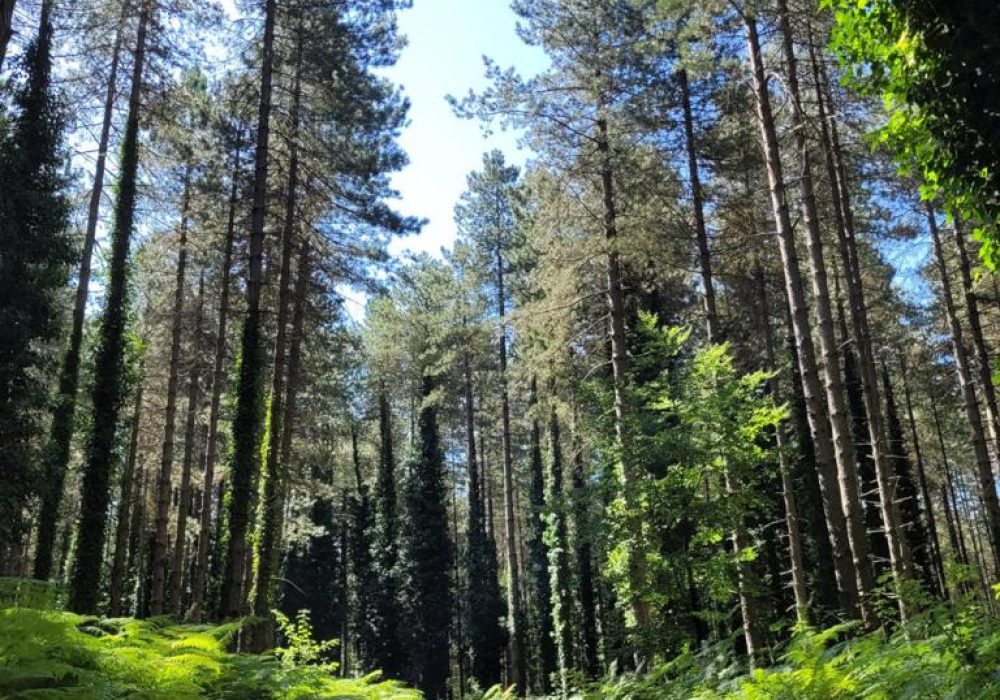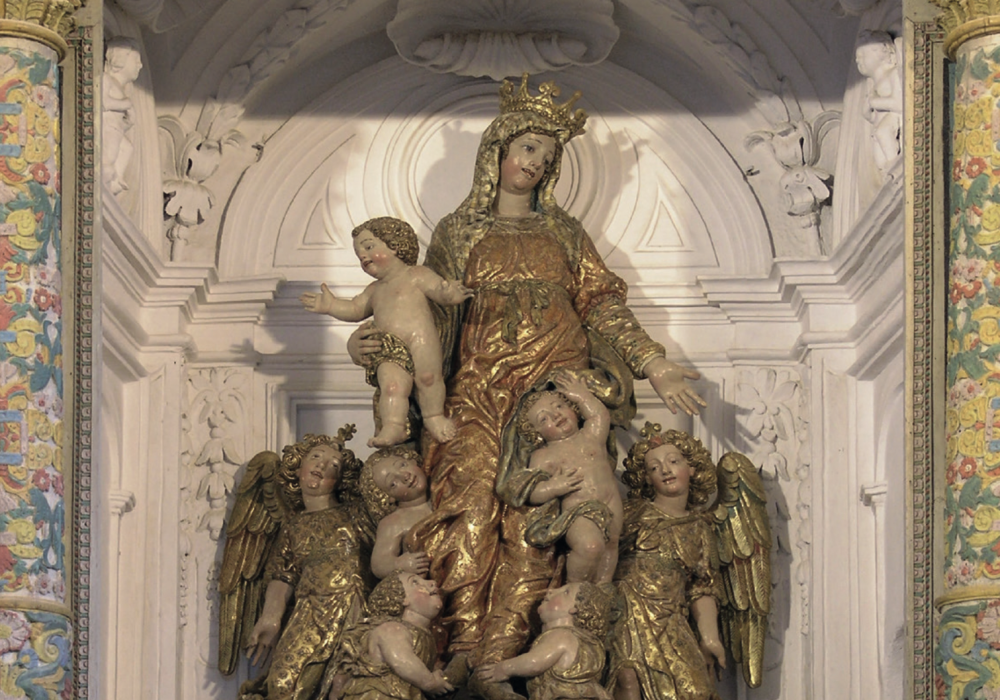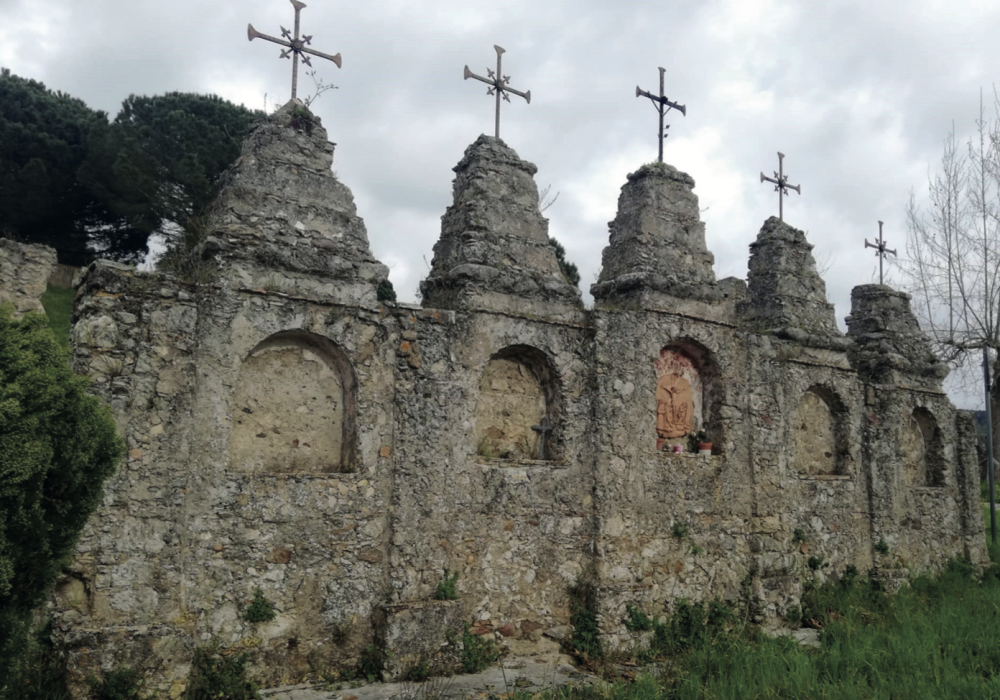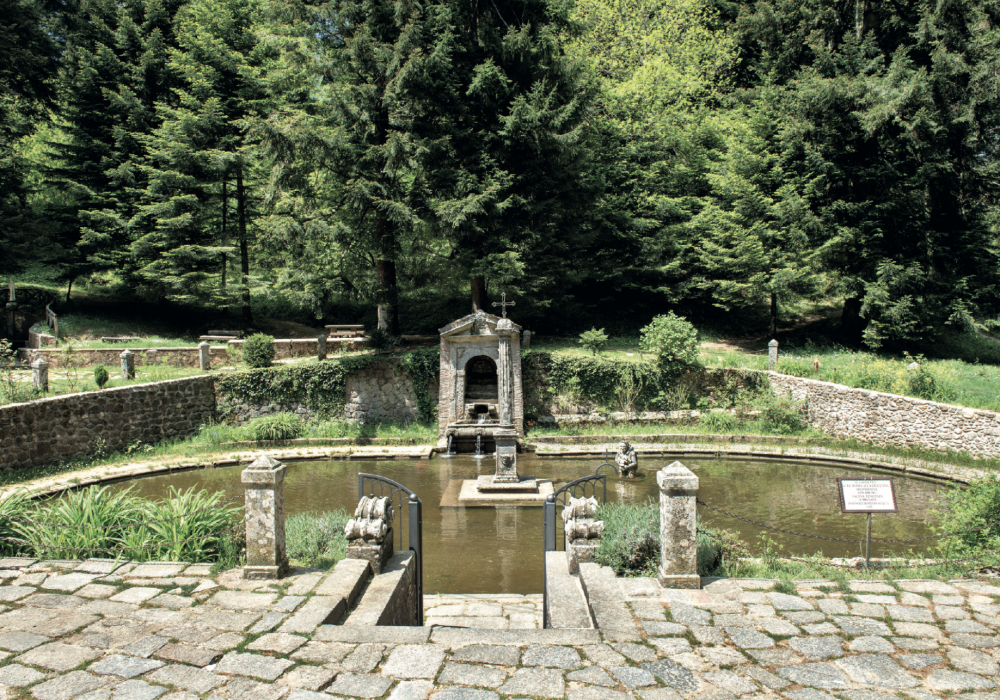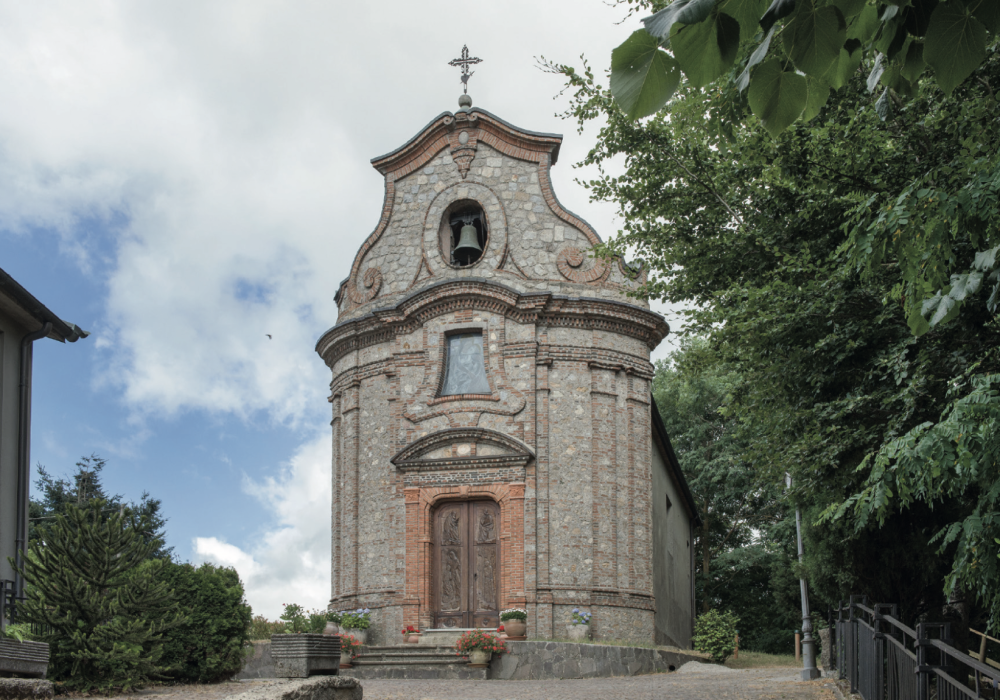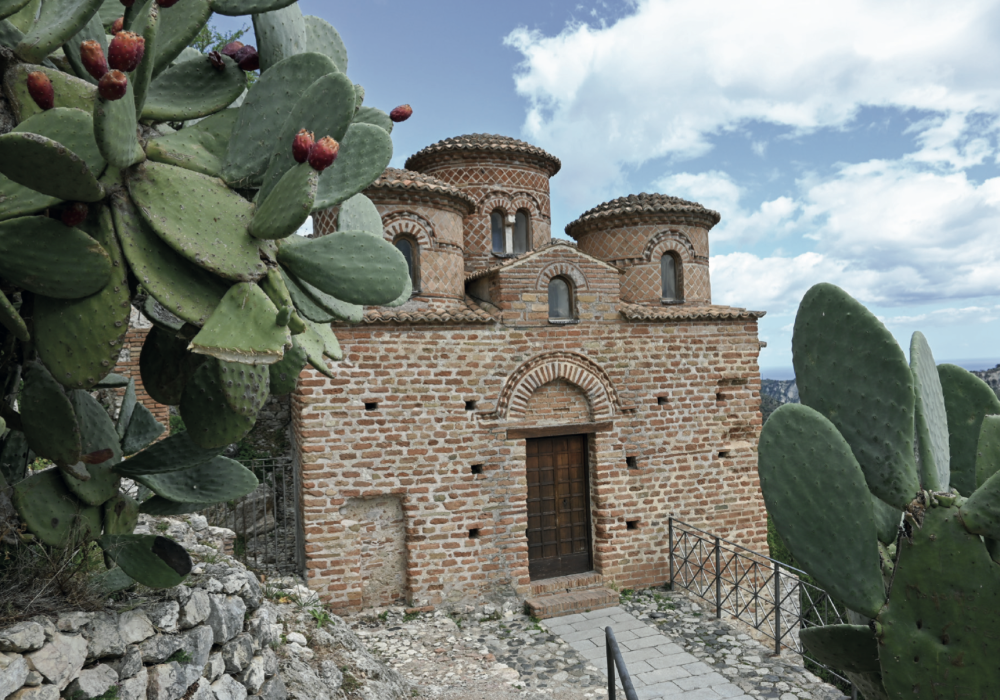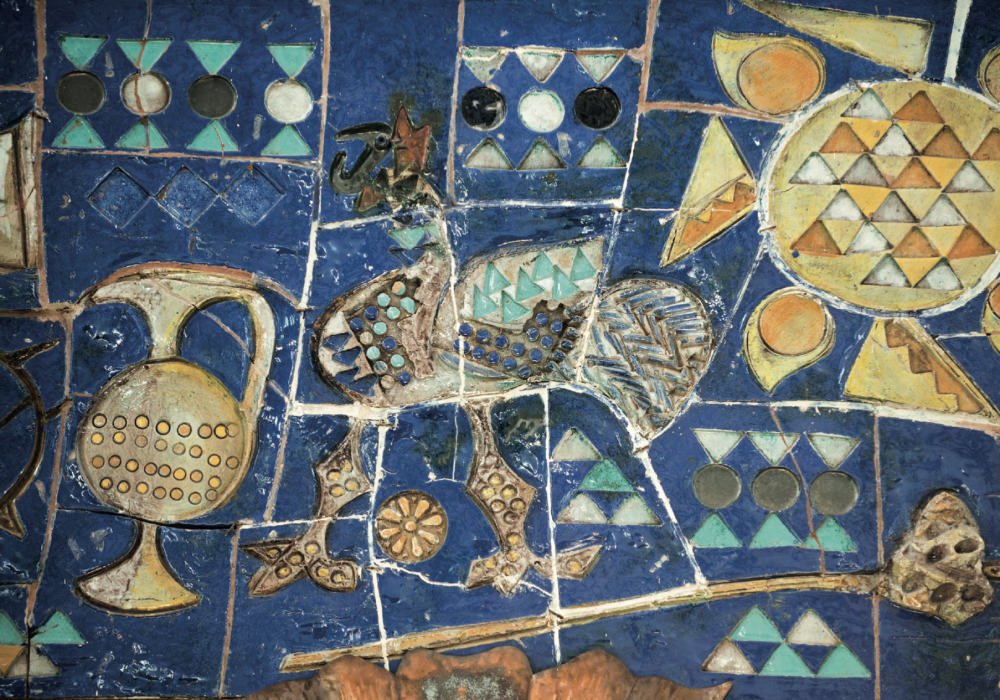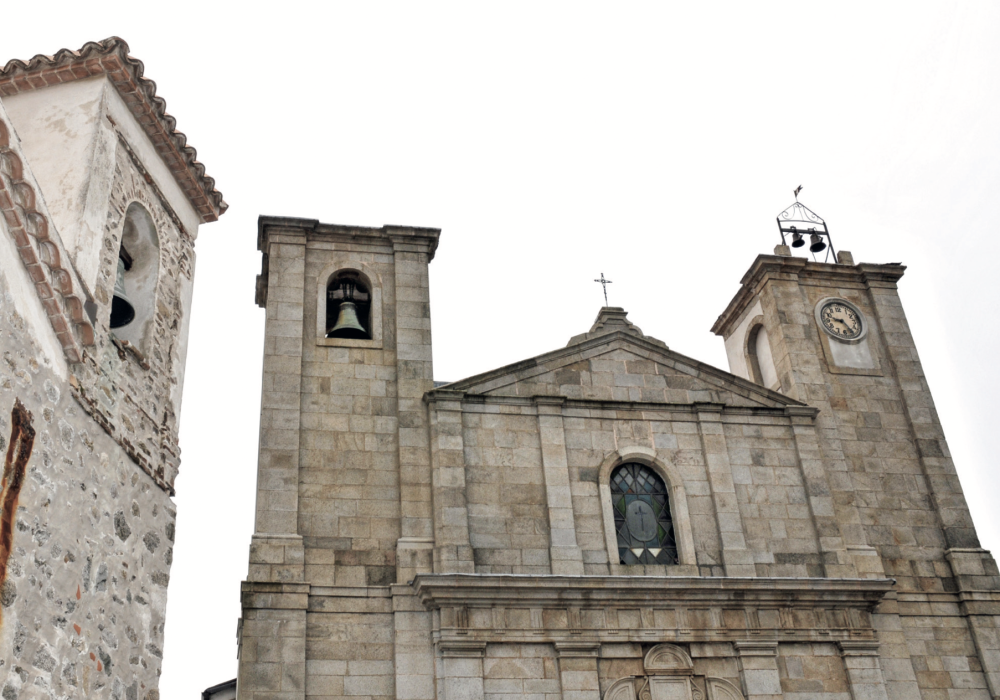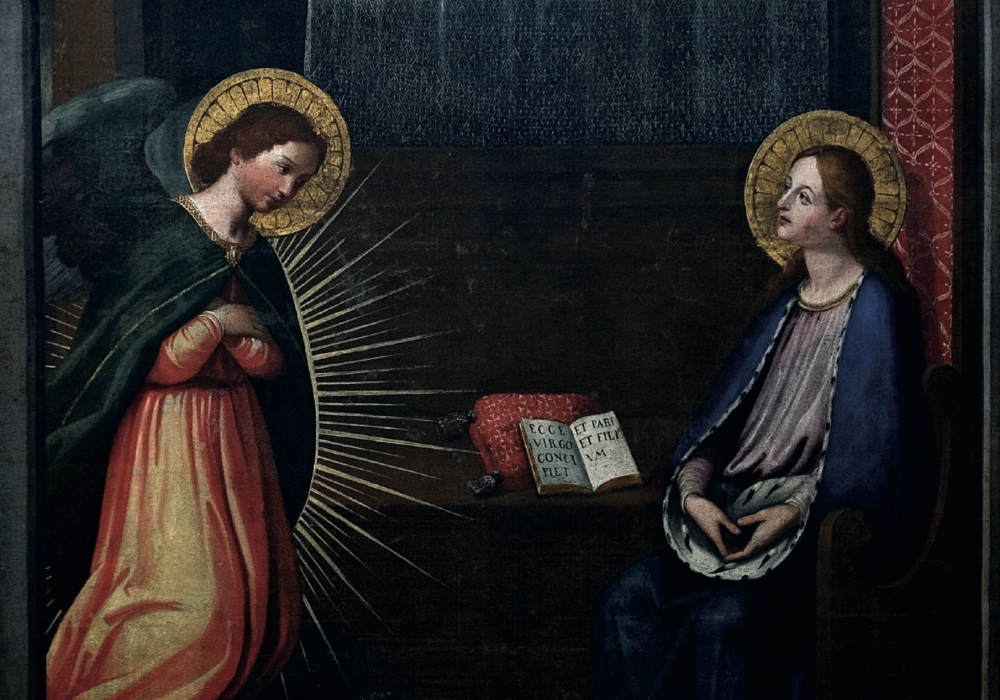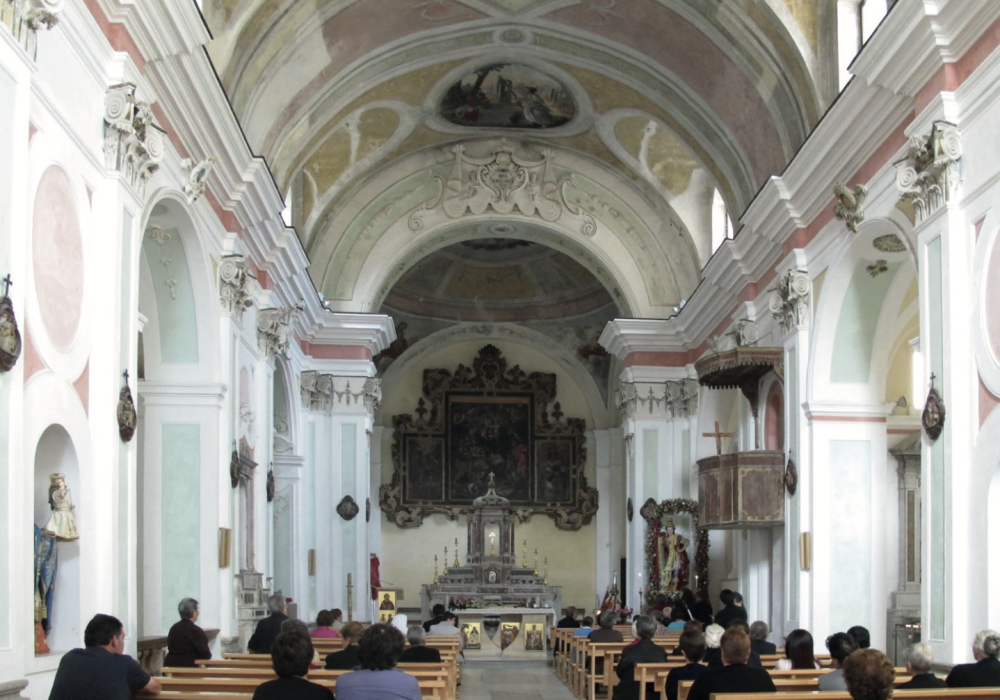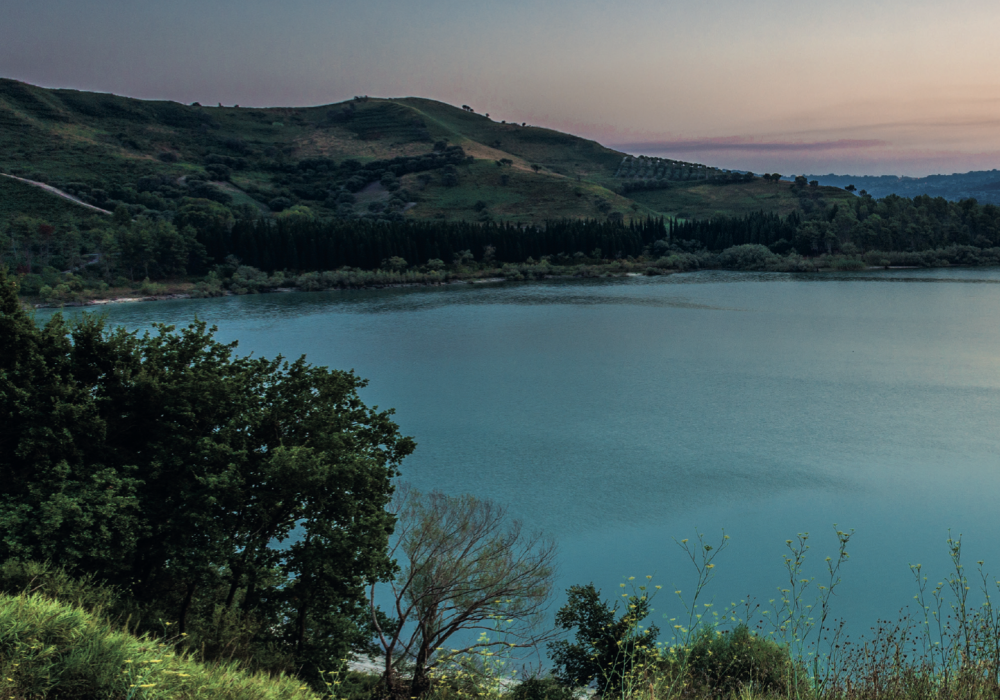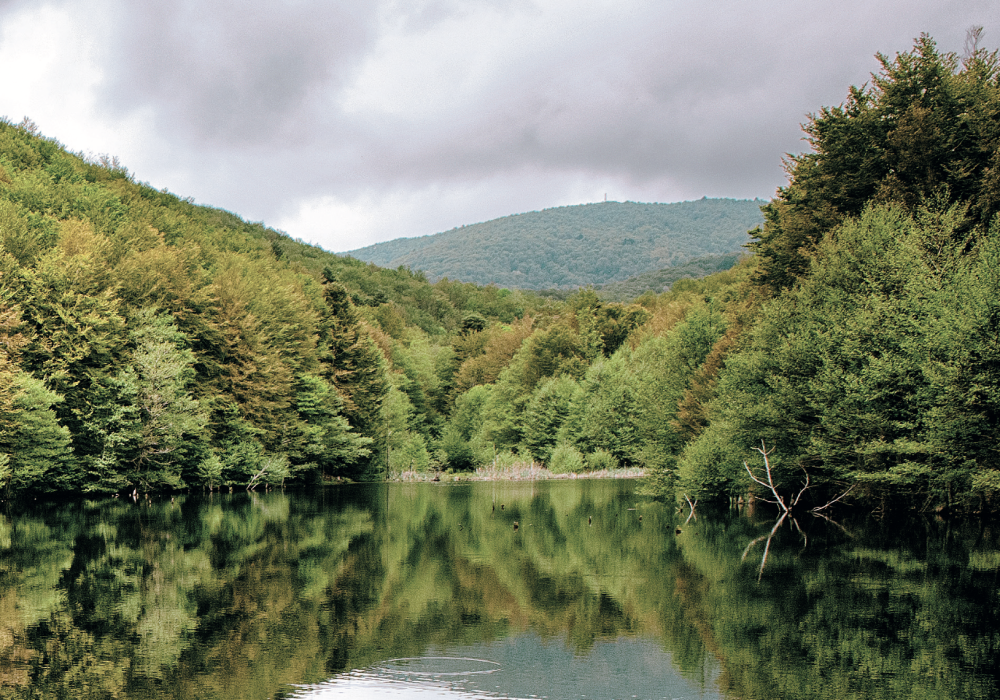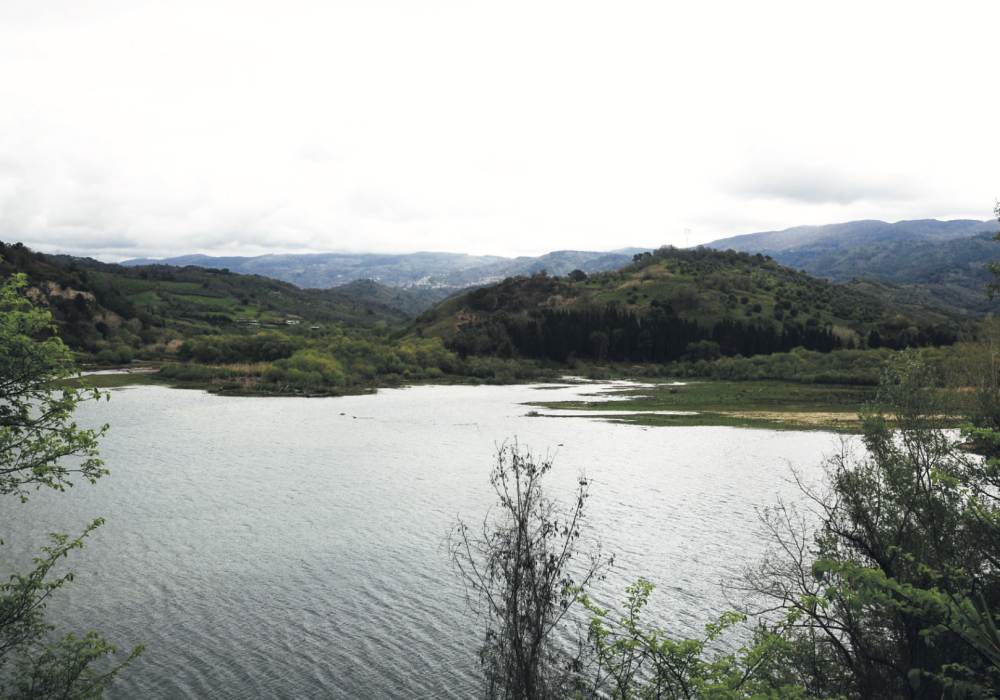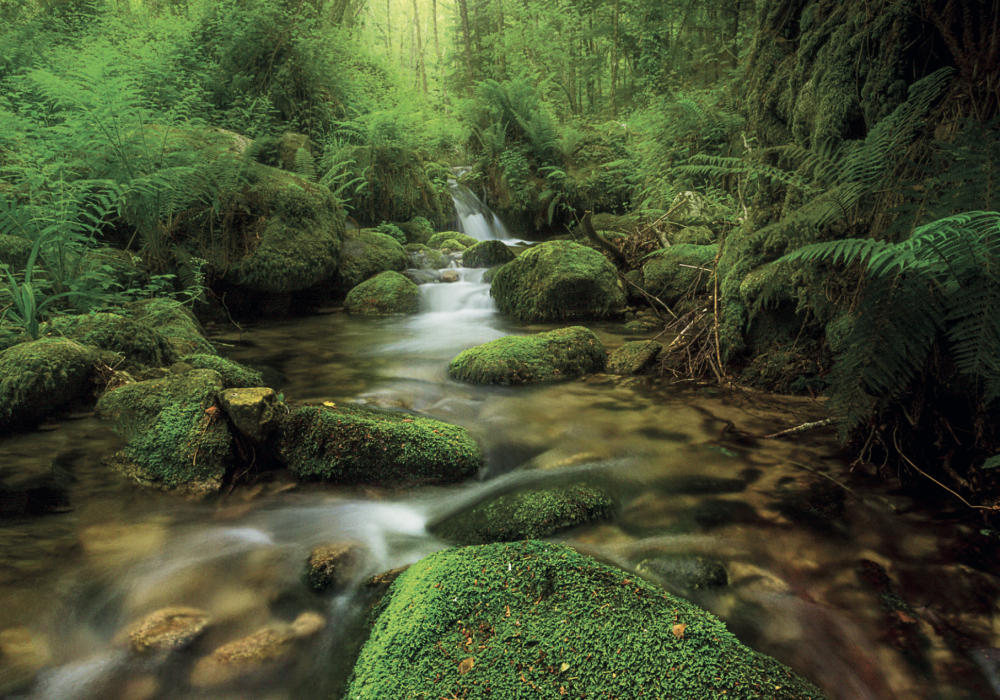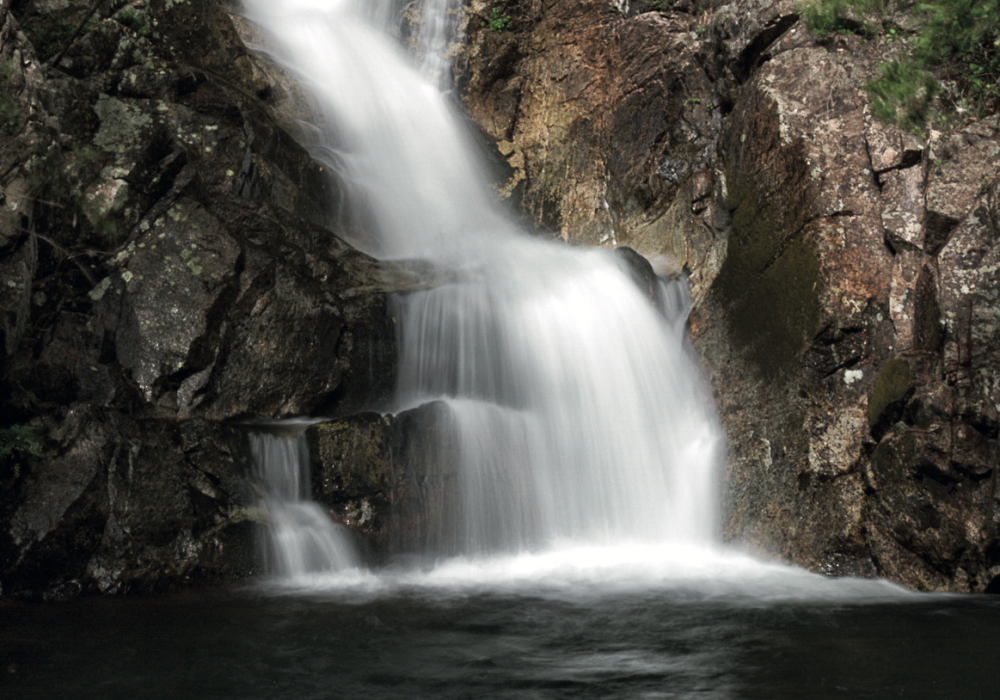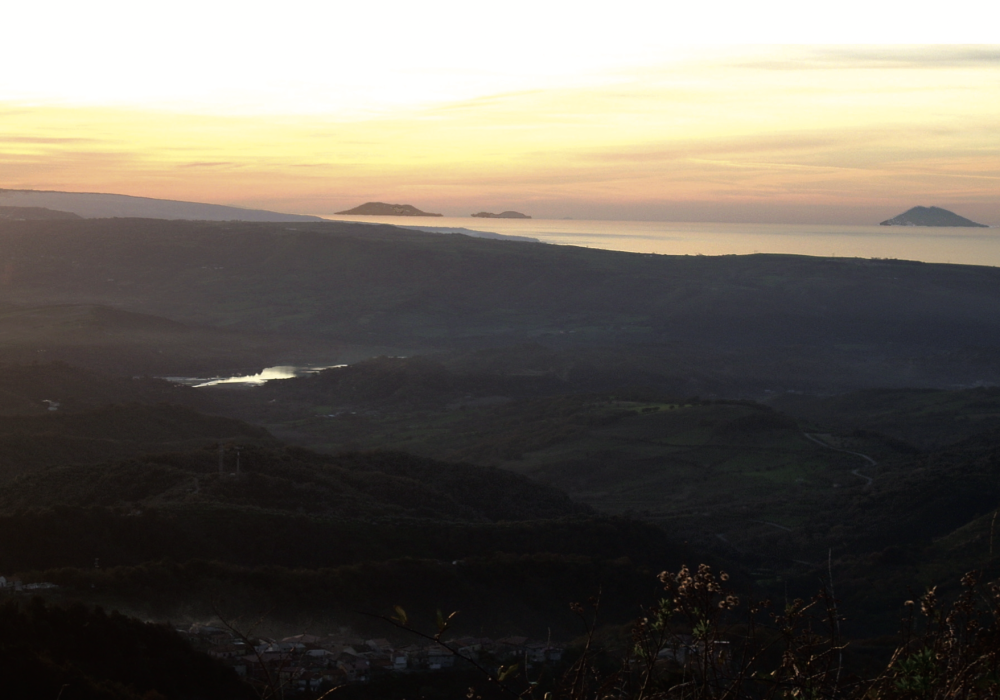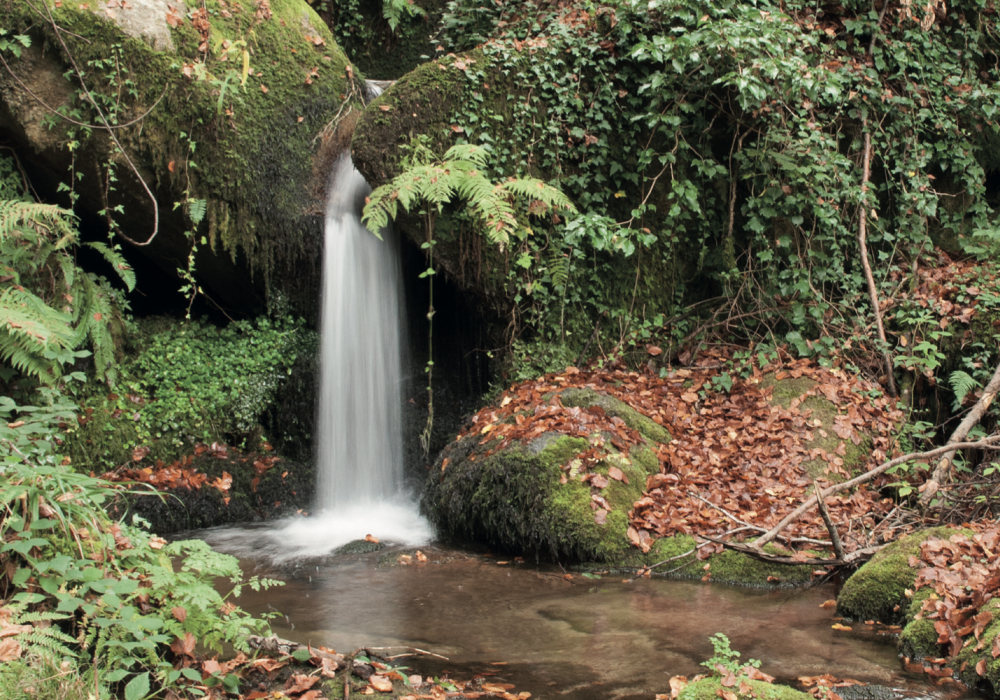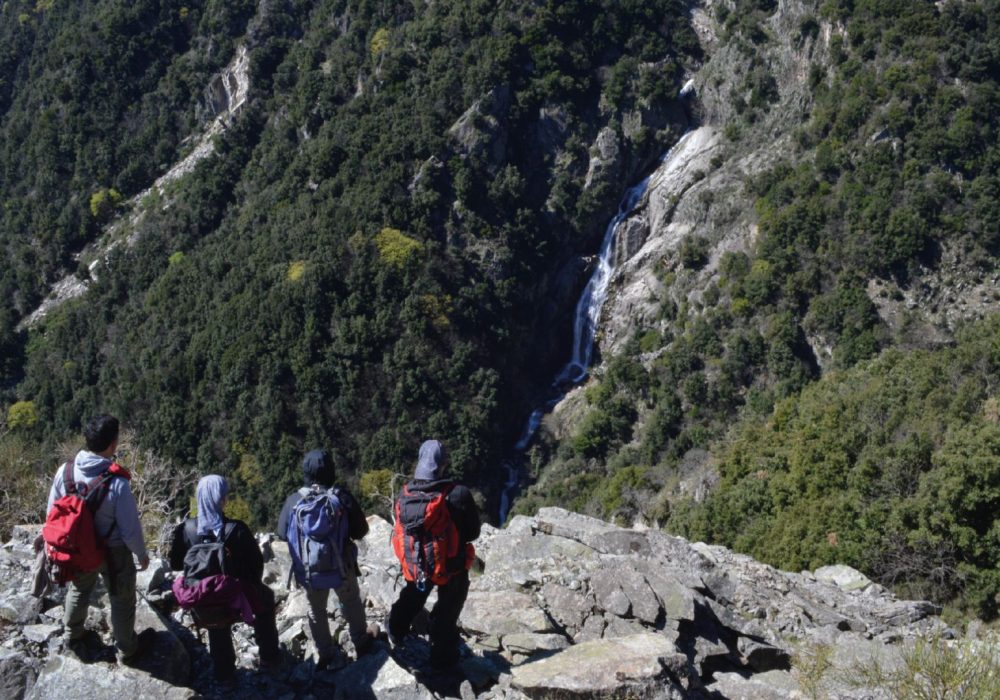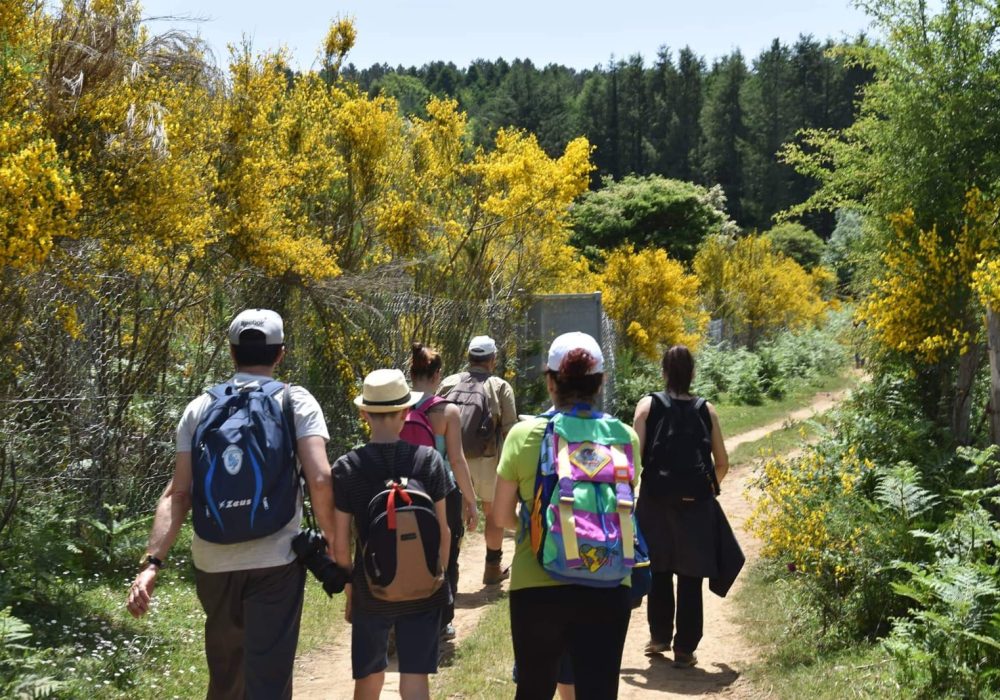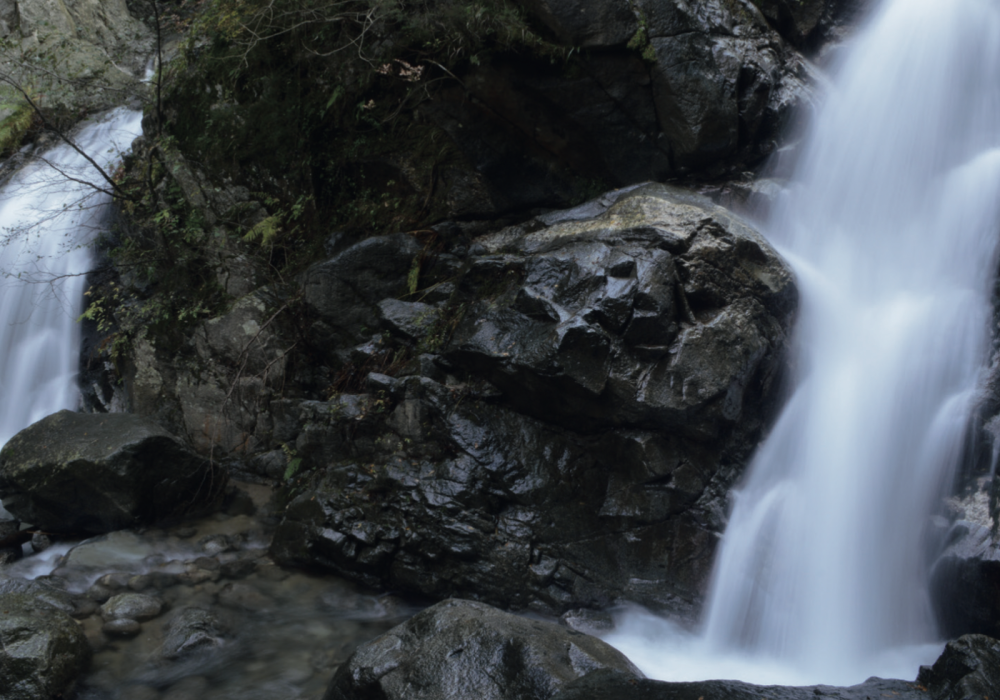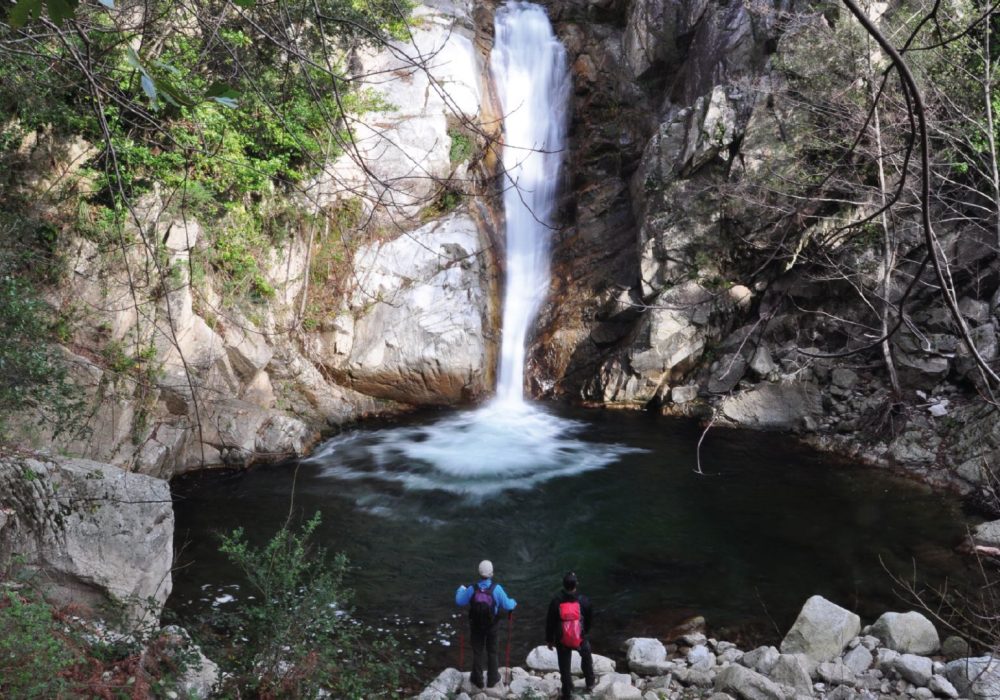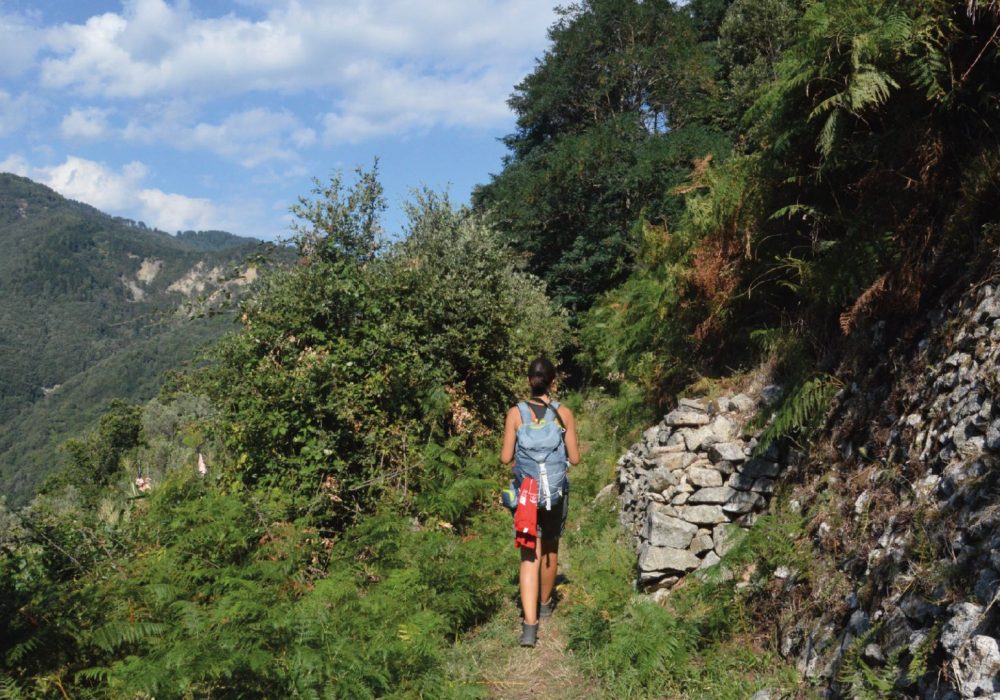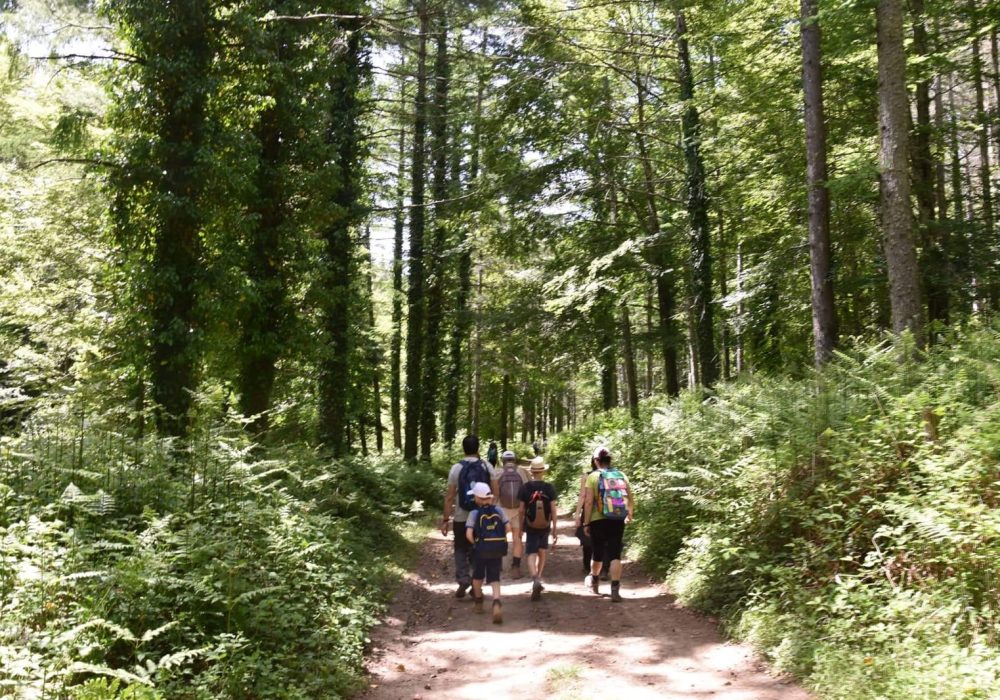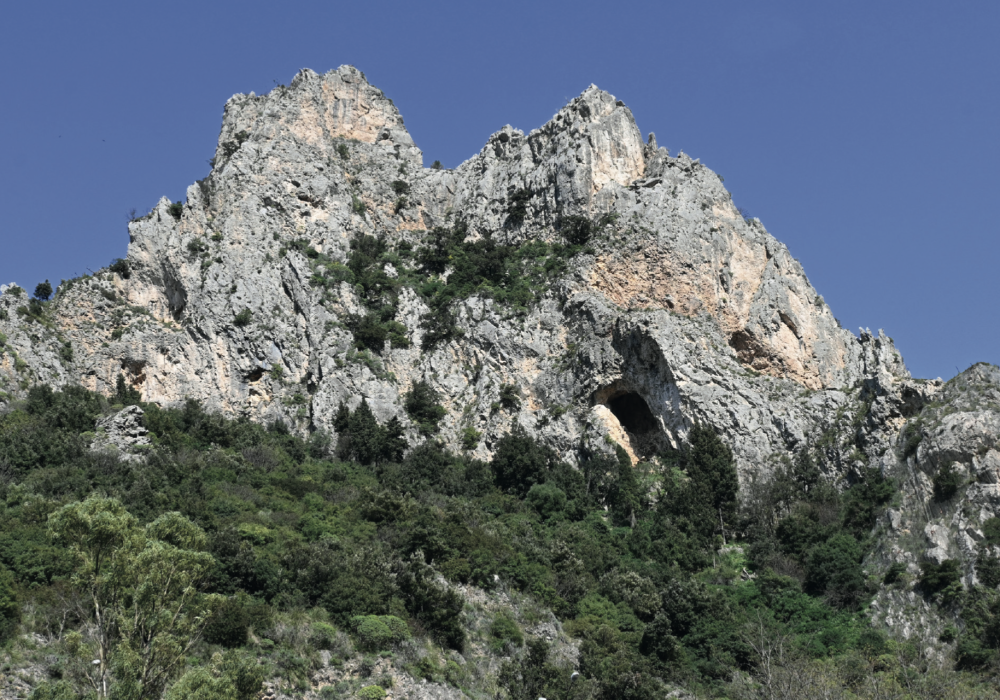Park Fauna
The most important and representative species of the Serre forests is the Wolf (Canis lupus italicus), which has returned to recolonise this territory after several decades of absence. In second place among the mammals of the Serre, in terms of rarity and importance, is the Porcupine (Hystrix cristata). This species was also officially given up for non-existent in the Serre and Aspromonte by official zoology. Another important protagonist of the Serre fauna is the Wildcat (Felis silvestris). The marten (Martes martes), is a tireless predator of the size of a domestic cat, similar to the more common marten. These are the four rarest mammals of the Serre fauna. Let us now turn to the most common and widespread ones. First of all, the Wild Boar (Sus scrofa), the true protagonist of wild life in the Serre forests. The Wild Boar prefers oak, chestnut and beech forests, where it also feeds on acorns and chestnuts. Forest habitats, but alternating with open areas, the Badger (Meles meles) prefers instead.




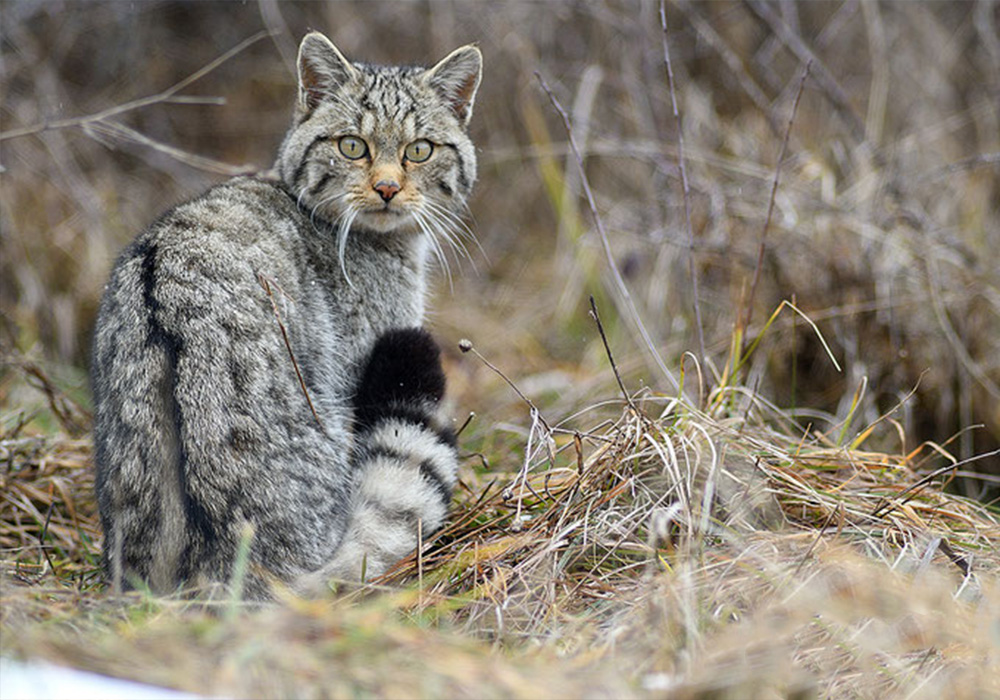
Not too common nowadays is the Hare native to our forests. The Hare is a shy and timid animal and inhabits mixed terrain, preferably on the plains where it feeds on grasses, barks, twigs. On the other hand, the Fox (Vulpes vulpes) is very common: it lives practically everywhere, digging its burrow in the ground and feeding on everything, not disdaining even the leftover food found in dumps. Another predator of small animals is the marten (Martes foina), similar to the marten. It does not disdain the attics of old buildings as dens, it feeds on small mammals and birds but also, especially in autumn, on fruit and berries. Even smaller is the Weasel (Mustela nivalis), its small size and extraordinarily slender shape also enabling it to chase rodents into burrows. Unmistakable, due to its black livery, is the Polecat (Mustela putorius), similar in size to the marten. Then we have the Hedgehog (Erinaceus europaeus), which is widespread almost everywhere in the Greenhouses and generally hibernates in winter in nests built in the bushes. The Dormouse (Glis glis), its grey livery is its major distinguishing feature. It prefers deciduous woods where it feeds on dried fruits and seeds. Unmistakable due to its black fur with a white patch on its chest and belly and its long tail is the Southern Squirrel (Sciurus meridionalis), a true prince of coniferous forests but also of beech and chestnut woods, it builds its nest in the trunk of trees. The Quercino (Eliomys quercinus) is another small rodent that feeds on many things, including insects, snails, eggs and bird chicks: it builds its nest in walls, trees or among rocks. Finally, a rodent with almost entirely arboreal habits is the Hazel Munchkin (Muscardinus avellanarius). Of course, other small mammals also live in the Greenhouses, such as the Mole (European Mole), the Dwarf Shrew (Sorex minutus), the Common Shrew (Sorex araneus), the Water Shrew (Neomys fodiens), the Lesser Crocidura (Crocidura suaveolens), the Mustiole (Suncus etruscus) and the Ground Vole (Arvicola terrestris). As for the avifauna and other birds of prey. In the woods, the Goshawk (Accipiter gentilis) loves to take refuge and ambush. It nests mainly in large coniferous trees and preys skilfully on mammals and birds. Similar habits and appearance are shared by the sparrowhawk (Accipiter nisus), which is, however, smaller and more widespread than the goshawk. The peregrine falcon (Falco peregrinus) probably nests on the rocky pinnacles of the Mammicomito-valley Precariti group, known for the very high speed (around 300 kilometres per hour) it is capable of in a dive. The red kite (Milvus milvus) is clearly distinguished from other birds of prey by its forked tail like that of swallows. The black kite (Milvus migrans), which is smaller in size than the red kite, also nests in the eastern part of the Serre.










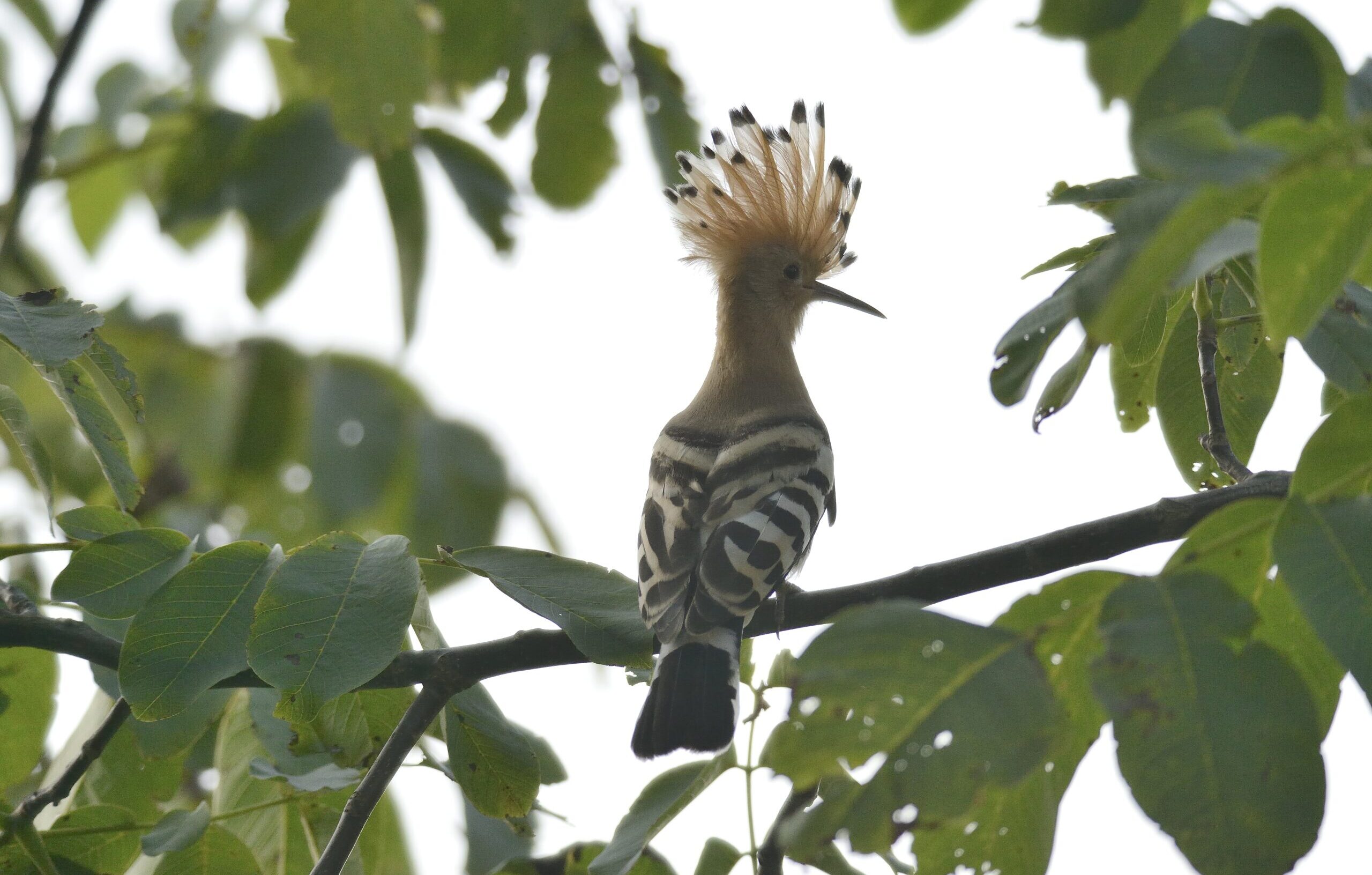
However, it is the buzzard (Buteo buteo) that can easily be spotted anywhere as it swoops or soars, mournfully chirping in search of prey. Equally common is the kestrel (Falco tinnunculus) living preferably in open environments. It nests inside large logs or on rock cliffs. Also probably present in the Serre, with very few specimens, is the rare and large Eagle Owl (Bubo bubo), which can reach up to 70 cm in height. Other birds of prey present in the Serre include the Long-eared Owl (Asio otus), the Eurasian Scops Owl (Strix aluco), the Barn Owl (Tito alba) the Little Owl (Athene noctua) and the Scops Owl (Otus scops). A host of other birds naturally populate the Park. Starting with the various species of water birds that stop around Lake Angitola, on the north-western slopes of the massif: coot, moorhen, pochard, ferruginous duck, mallard, grey heron, little egret, magpie, cuckoo, blackbird, dipper, grey crow, great spotted woodpecker, lesser spotted woodpecker, nuthatch, robin, nightingale, hen harrier, tree sparrow, nightingale, blackcap, jay, wood pigeon, woodcock, wryneck, hat, goldfinch, lonely sparrow, warbler, chaffinch, Sardinian warbler, great tit, etc.





Among the snakes, a prominent place is certainly held by the Common Viper (Vipera aspis hugyi), other snakes of the Serre are the very common Red Snake (Hierophis viridiflavus) the Cervone (Elaphe quatuorlineata), the largest of the Italian reptiles (it can reach up to 2 metres and 40 centimetres in length) the equally tame collared grass snake (Natrix natrix), an expert swimmer capable of expelling a foul-smelling liquid if harassed; the coluber (Coronella austriaca), the Aesculapian coluber (Elaphe longissima); the grass snake (Natrix tassellata). Among the amphibians, the conspicuous Spotted Salamander (Salamandra salamandra), the Spectacled Salamander (Salamandrina terdigitata), the Yellow-bellied Ululon (Bombina variegata), characterised by yellow blotches under the belly, are particularly noteworthy. Tortoises are represented by the Common Tortoise (Testudo hermanni).




